As you may already know, the padel was invented in 1969 in Acapulco, Mexico, by a certain Enrique Corcuera.
Beginnings in Acapulco
What were the reasons that led this man to create a derivative of tennis? Deceased in 1999, Mr. Corcuera is unfortunately no longer here to share his thoughts with us, but his relatives try to explain them. in a video for World Padel Tour.
His wife Viviana explains: “Enrique wanted to build a field of padel in our garden but we didn't have the space. So he had a smaller court built, but when he played with his friends, he kept losing the balls because of the surrounding vegetation. To answer this problem he then decided to build walls ranging from 3 to 4 meters around the track. »
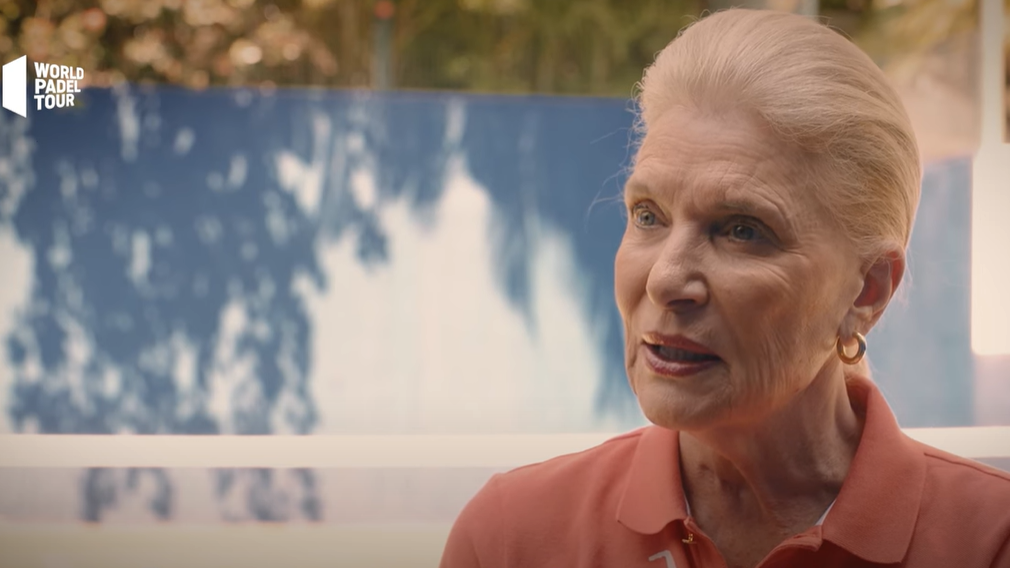
She shares another story that certainly made the idea ripen in Enrique's head: “My late husband owned a sugar refinery in Jalisco, in the province of Guadalajara. We went there very often and there were pediments there. Our friends told us that Basque pelota was a difficult sport to practice, not very accessible. Enrique then asked me what I thought of adding walls around the court we had and placing a net in the middle. »
Basically, the idea was to create a mix between Basque pelota and tennis, two sports that the inventor particularly liked.
For Enrique De La Torre, pioneer of padel professional and great friend of the Mexican, the idea would have come during a nap:
“In Acapulco the sun is strong and it is very hot in the afternoon. Enrique therefore used to take a nap from 15 p.m. to 17 p.m. Meanwhile, Viviana was having fun kicking the ball against a wall but it bothered him when he was sleeping. This is how he had the idea of adding walls on each side and a net and this is how the padel."
After many tests with different configurations: rackets and tennis balls, squash, it was finally decided to play with flat wooden rackets, similar to those used in pickleball, a very popular racket sport in the United States.
This sport gained a certain notoriety in the neighborhood of Las Brisas, so much so that several neighbors also began to build tracks in their homes.
“Each house had its own rules”
Nallé Grinda, the son of Jean-Noël Grinda, former French tennis player and winner of Roland-Garros junior, experienced the beginnings of padel : " Through his best friend, Tony Murray, my father experienced Enrique Corcuera. Tony had a house near Enrique's in Las Brisas. We went there four or five years in a row. There were five or six houses in the neighborhood where each owner had built his own land of padel. All of them were tennis players who liked to play padel together. They used to have parties at each other's houses."
The one who organized the World Padel Tour Blockchain.com 2022 explains to us that at the time, each court had its specificities : “Each house liked to create its own rules, according to certain constraints, opinions or whims. All the courts in Acapulco had different dimensions and configurations. The length of the court could vary between 18 and 20 meters. Some used the walls of the house. Each court had its particularities. At the time, everything was flexible, including the material used."
This was particularly the case with the Corcueras, where it was necessary to adapt to an air conditioner, which was already present on one of the walls and which could not be removed. The rule was simple, if the ball hit the air conditioner, two balls had to be returned.
Cement walls, wooden rackets, "house rules", we were obviously far from the padel that we know today!
In the 1990s, the “pico” was king
After the somewhat anarchic beginnings of this game in Acapulco, it was time to regulate it. Although Viviana and Enrique Corcuera wrote a regulation, with measurements for the grounds, in 1991, during the creation of the International Federation of Padel (FIP), different rules still existed around the world. Indeed, it was only in 1997, in Barcelona, that the FIP proceeded to their unification and that it standardized the different dimensions of the tracks.
Laurent Imbert, pioneer of padel in France, who knew him in the early 1990s, remembers: “Thirty years ago, the equipment and the grounds were light years away from what they are today. We played with 10mm thick rackets, the courts were made with hard walls that were painted, and there was the famous “pico”…”
The former French number 1, François San Miguel explains to us what this "pico" consisted of: “In reality, the mesh was flexible and it was not completely aligned with the concrete wall. So there was a piece of wall sticking out. All the players tried to send the ball towards this corner, which was called the “pico”, and which earned a lot of points for those who managed to hit it. »
A game that changed at the end of the return-volley
In addition, many courts were made with a cement floor, very different from the latest generation carpets found in recent clubs. The hard walls and "the pico" have now given way to magnificent glass walls, and certain rules have also disappeared, such as that of return-volley which made the game much slower! Here again, Laurent Imbert explains to us: “This is one of the biggest differences with today: at the time we practiced the return and volley. That is, the serving team was not allowed to come up to the net. This completely changed the style of play. Moreover, all the walls were 4 meters high, so there was no par 3! »
Argentina, cradle of padel professional
Le padel began to turn professional in Argentina at the end of the 1980s. For nearly ten years, Argentinian fans, very fond of the sport, were able to enjoy the best players on the planet. Sometimes nearly 6 people could meet in stadiums to admire the stars of the time: Alejandro Lasaigues, Roby Gattiker, Alejandro Sanz, the Maquirriain brothers...
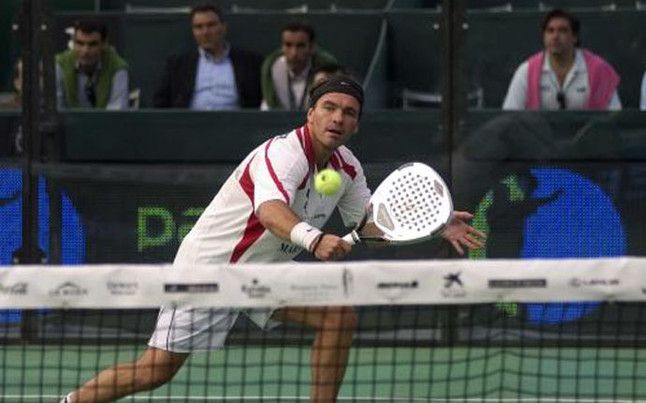
Champions meet in Spain
But in the early 2s, it was Spain that became the epicenter of padel global and the best South Americans came to settle there. In 2005, the Padel Pro Tour (PPT), the first true circuit of padel professional was created. For seven seasons, all the gratin of the padel tournaments were played in the various tournaments with very often the same winning pair at the end, that made up of Fernando Belasteguin and Juan Martin Diaz.
2013 in the Padel Pro Tour was replaced by the World Padel Tour (WPT), this private circuit belonging to a subsidiary of the Spanish beer brand Estrella Damm. Thanks to the means put in place by the WPT, the show was more and more attractive, and the fans in Europe were more and more numerous.
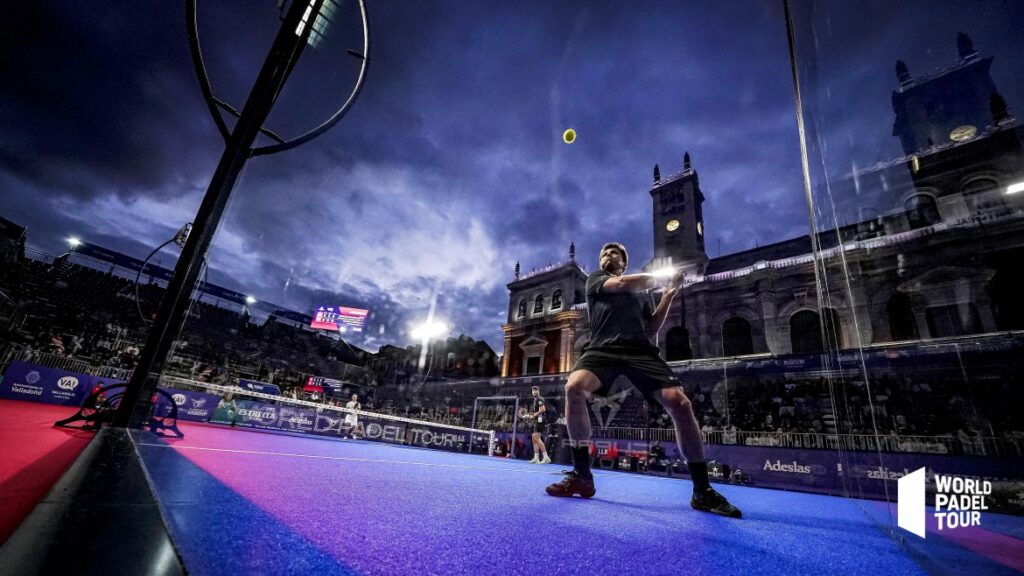
Three circuits that coexist in 2022, and in 2023…
Today, two other professional circuits have been added: the APT Padel Tour, by Monegasque Fabrice Pastor, and more recently Premier Padel, official circuit of the International Federation of Padel in collaboration with Qatar Sports Investments. The competition between the three circuits has allowed an increase in prize money, which combined with the fact that there are more tournaments, allows players to always live better from their passion. In return, they are forced to participate in a very large number of tournaments. A situation that does not please everyone...
And like last season, the players will have to be in good shape in 2023, because the three circuits will still offer many tournaments!

Xan is a fan of padel. But also rugby! And his posts are just as punchy. Physical trainer of several padel, he unearths atypical posts or deals with topical subjects. It also gives you some tips to develop your physique for the padel. Clearly, he imposes his offensive style as on the field of padel !

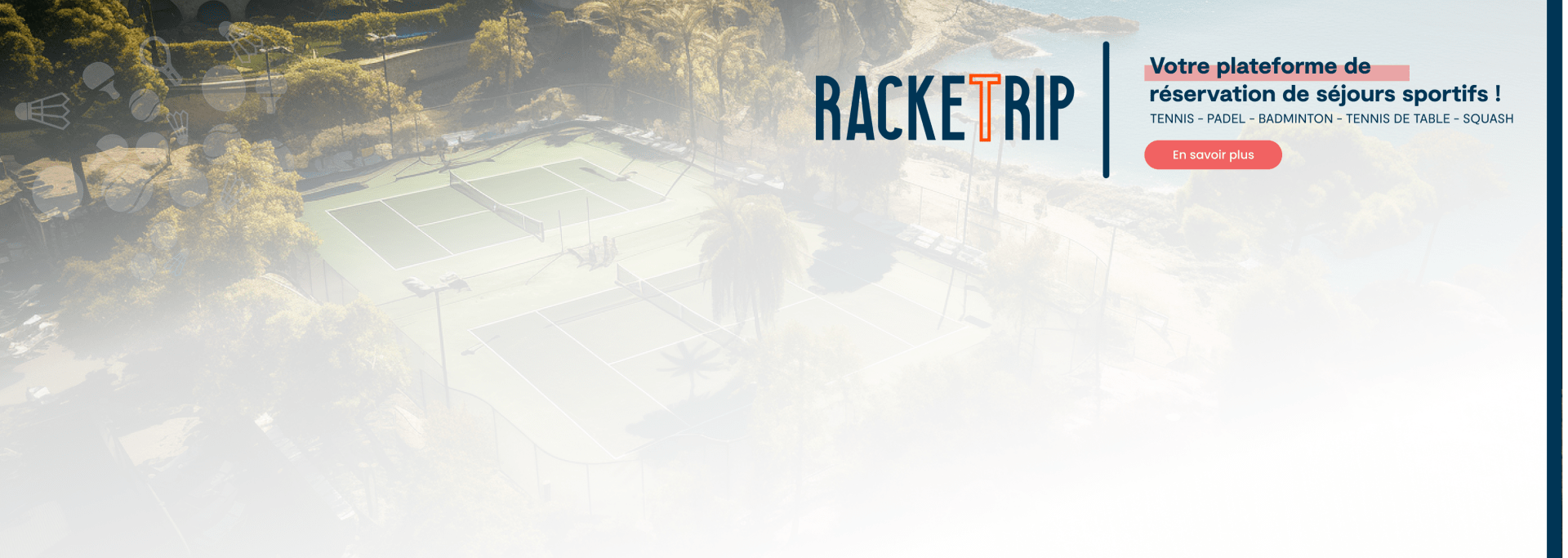


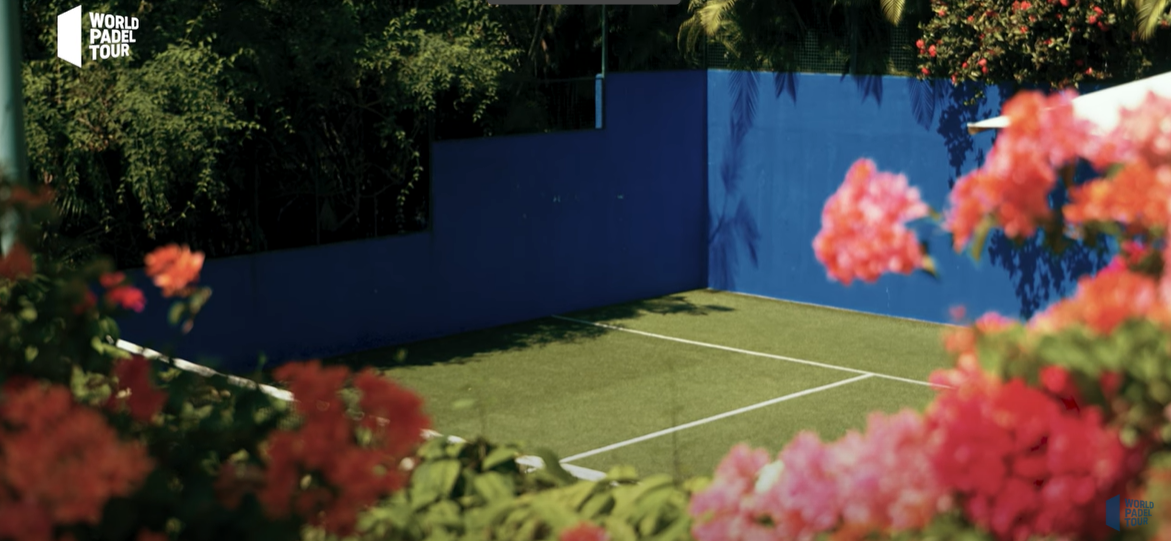











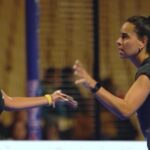





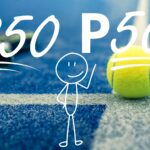
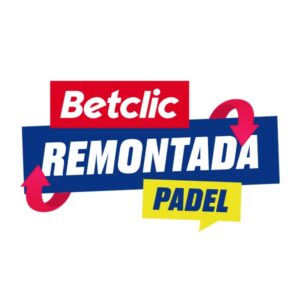








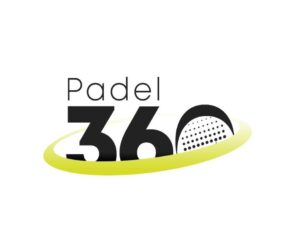
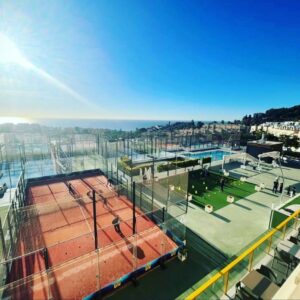
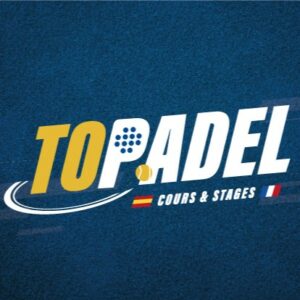

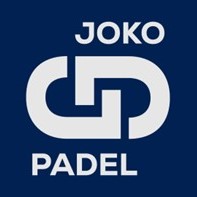

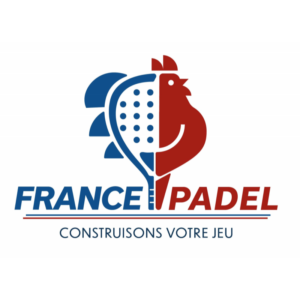
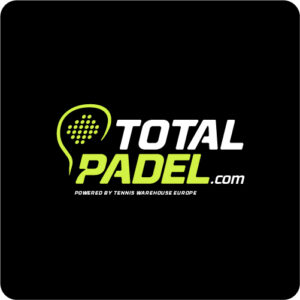




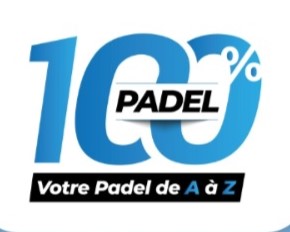
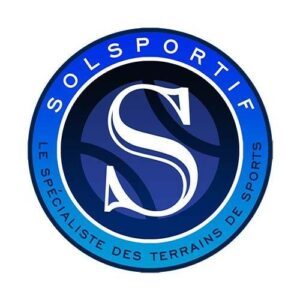

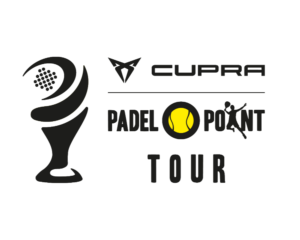

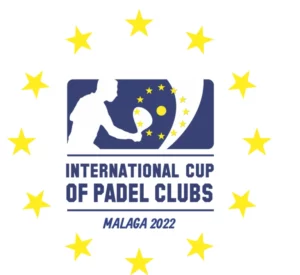







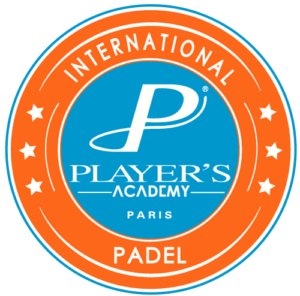
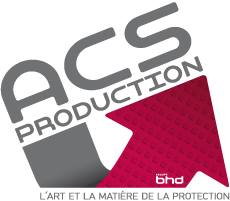




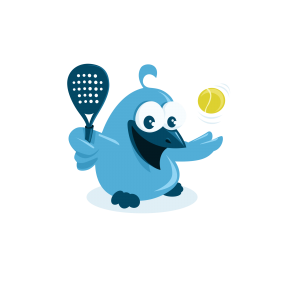

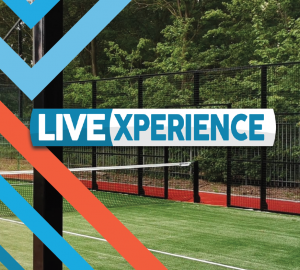
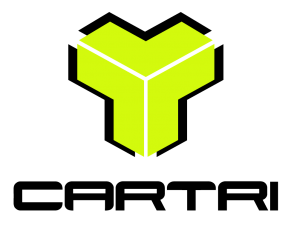

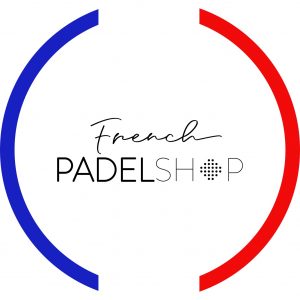
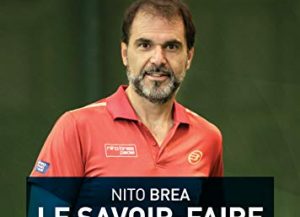
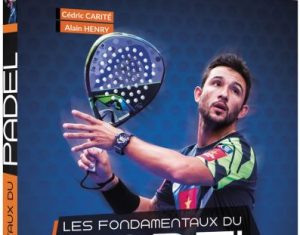


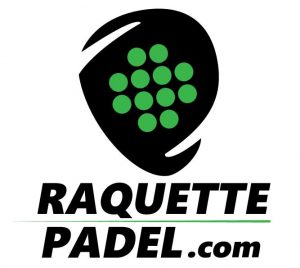
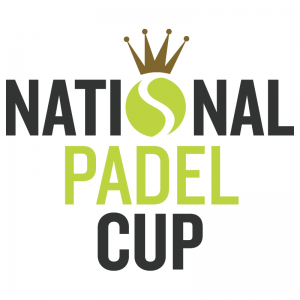
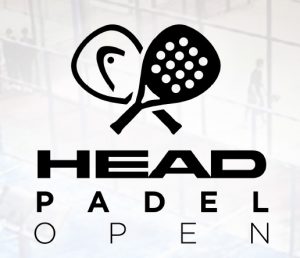





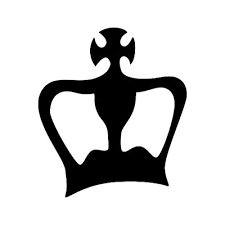


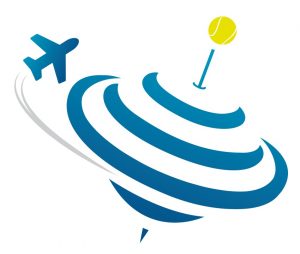
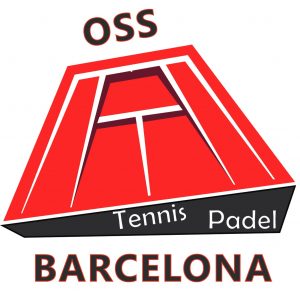
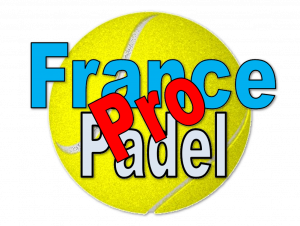




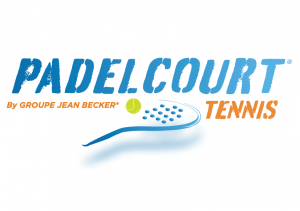




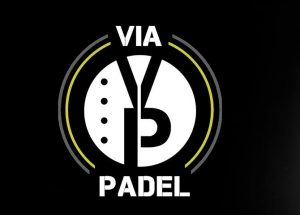




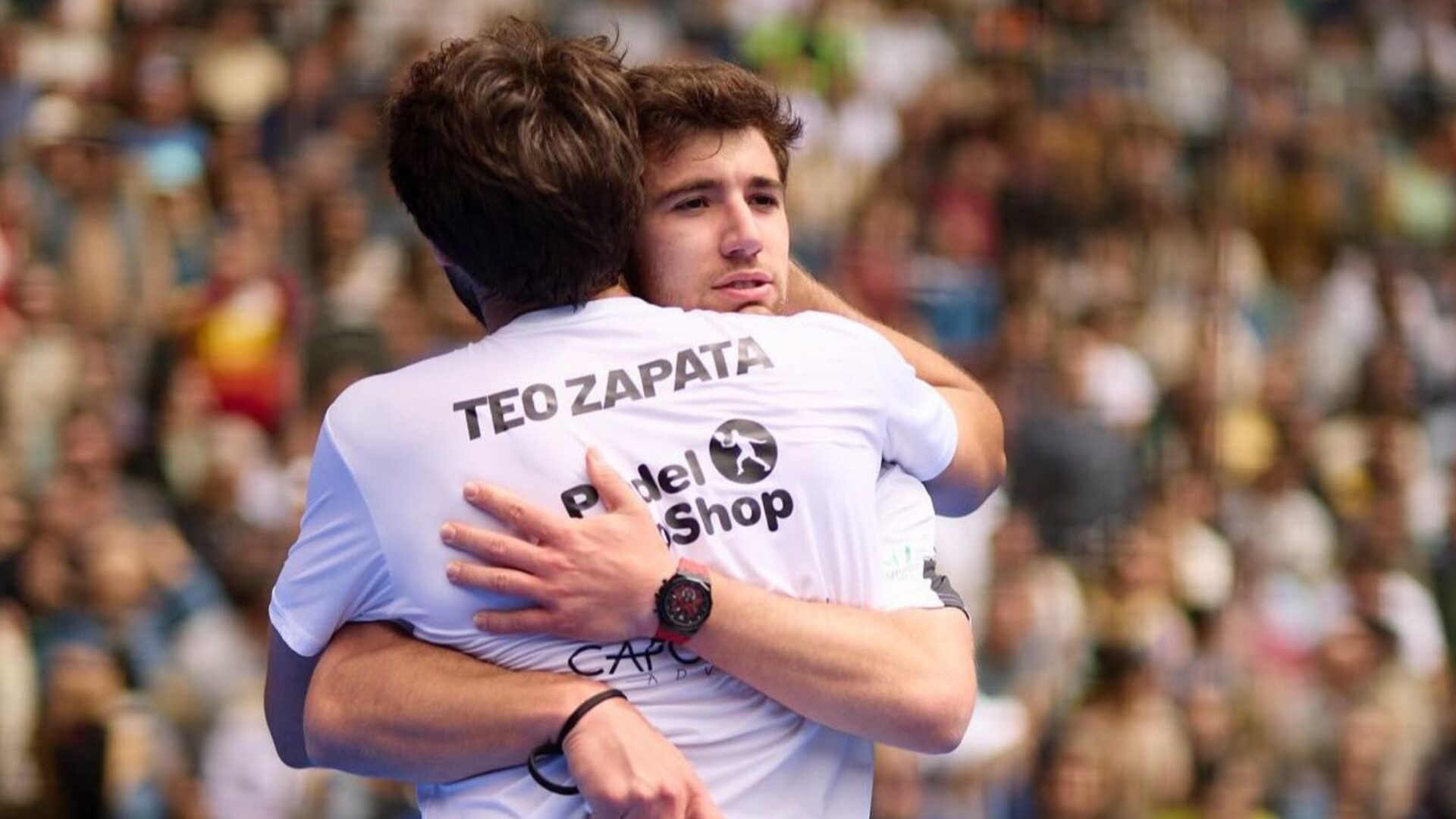 Premier Padel Sevilla P2 – Goenaga and Zapata release Bela / Tello!
Premier Padel Sevilla P2 – Goenaga and Zapata release Bela / Tello!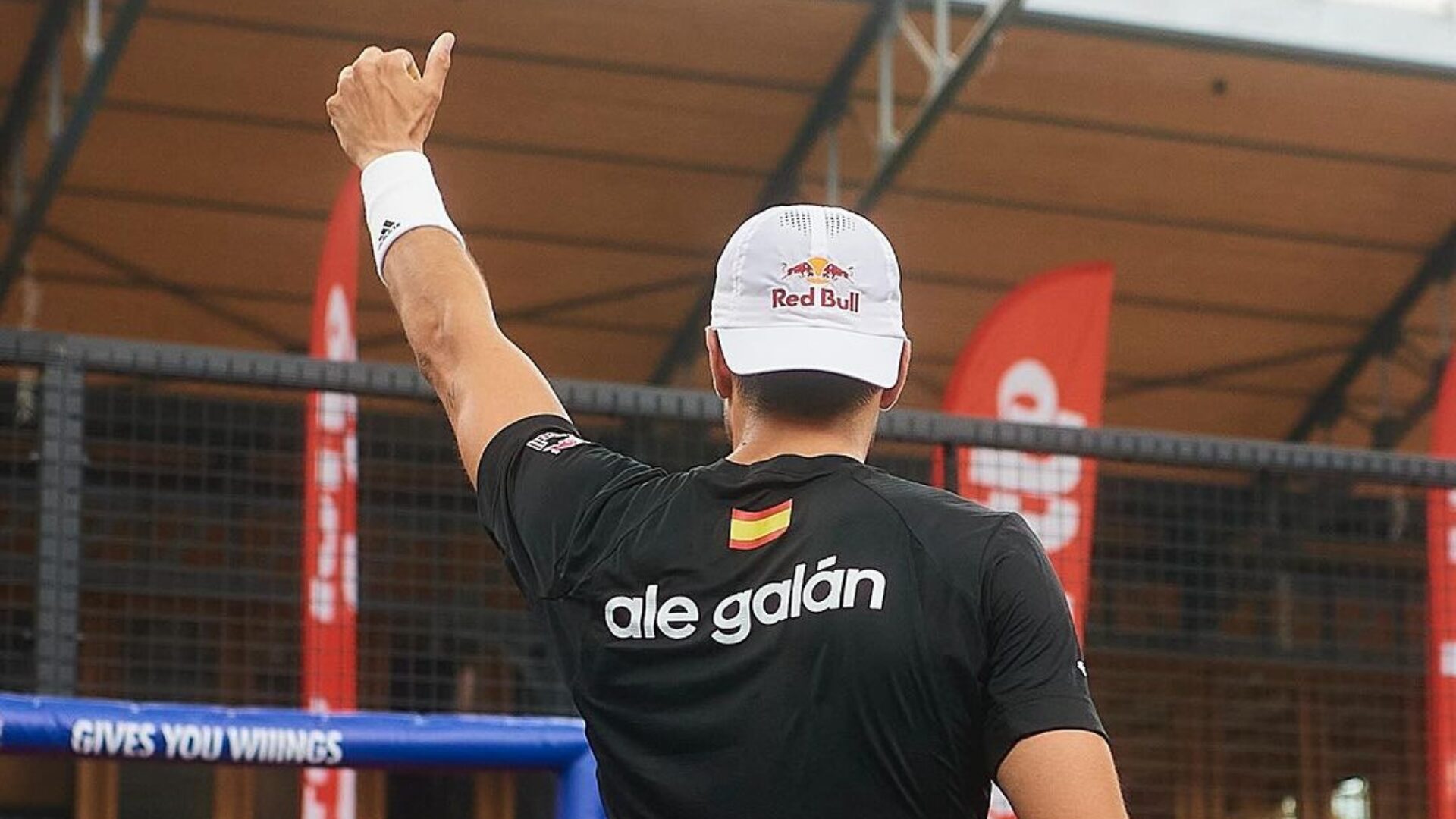 Ale Galan, the king of the winning points/unforced errors ratio
Ale Galan, the king of the winning points/unforced errors ratio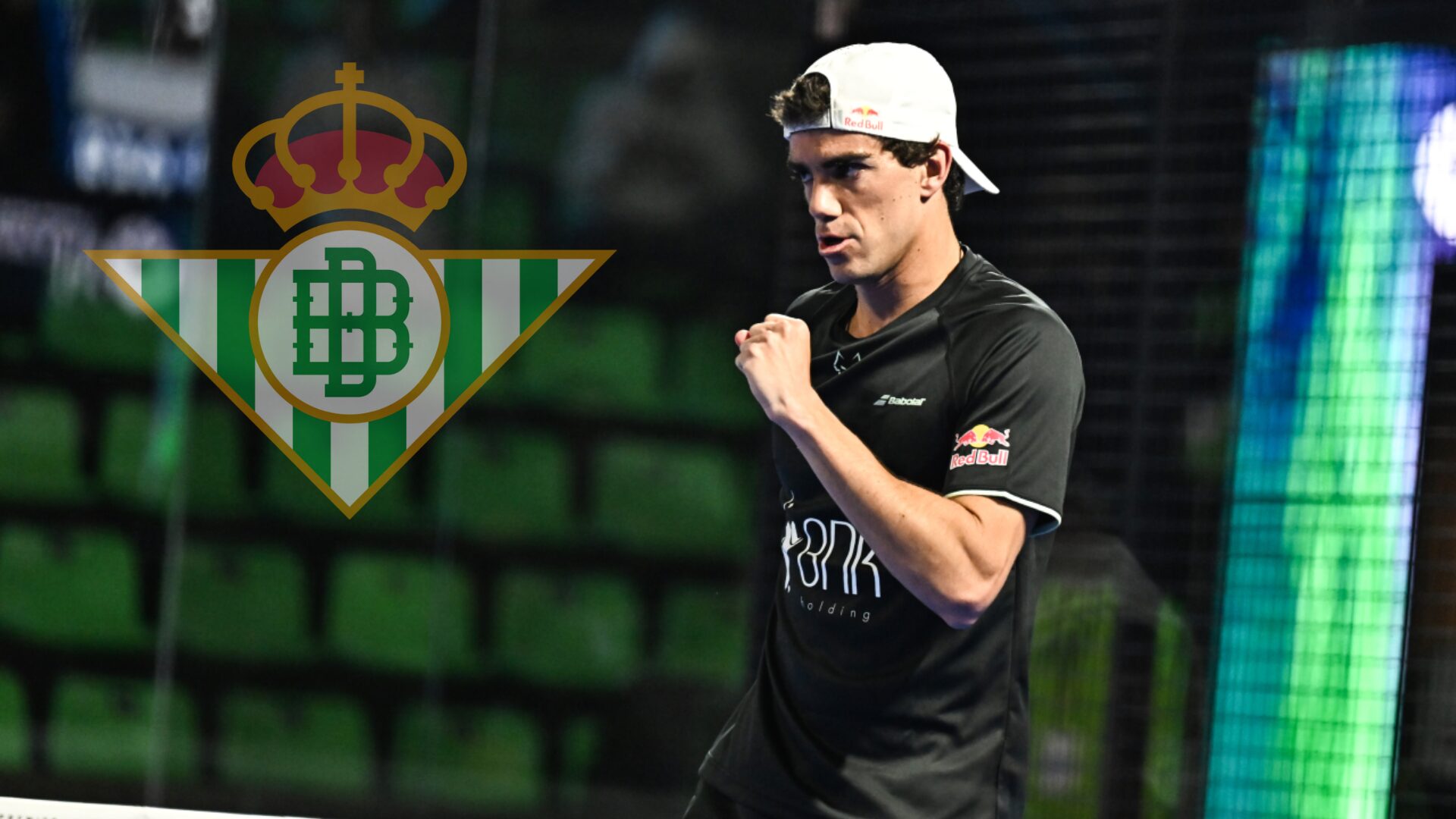 Juan LeBron, new recruit from Betis Sevilla?
Juan LeBron, new recruit from Betis Sevilla?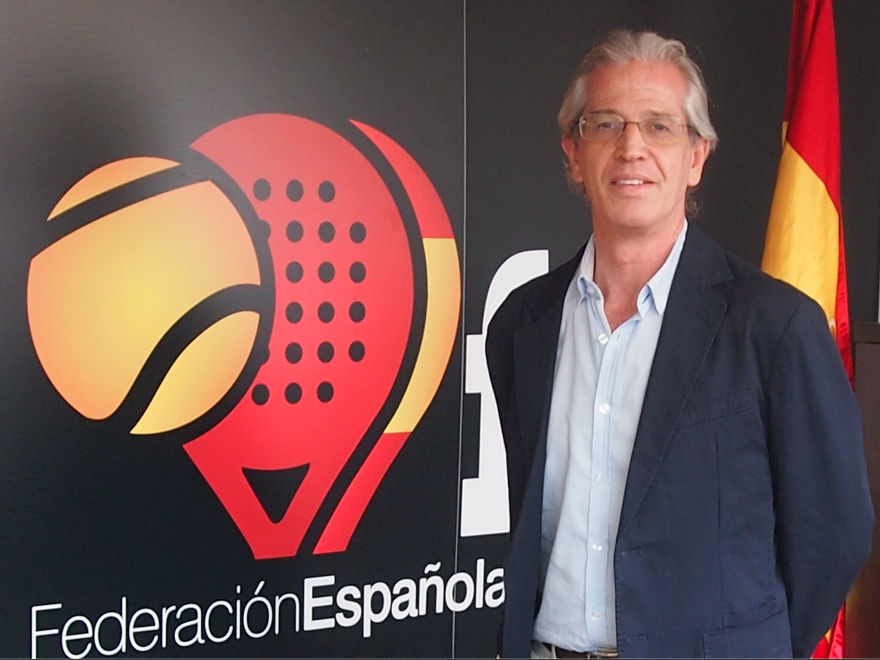 Ramón Morcillo: “I was surprised by France”
Ramón Morcillo: “I was surprised by France”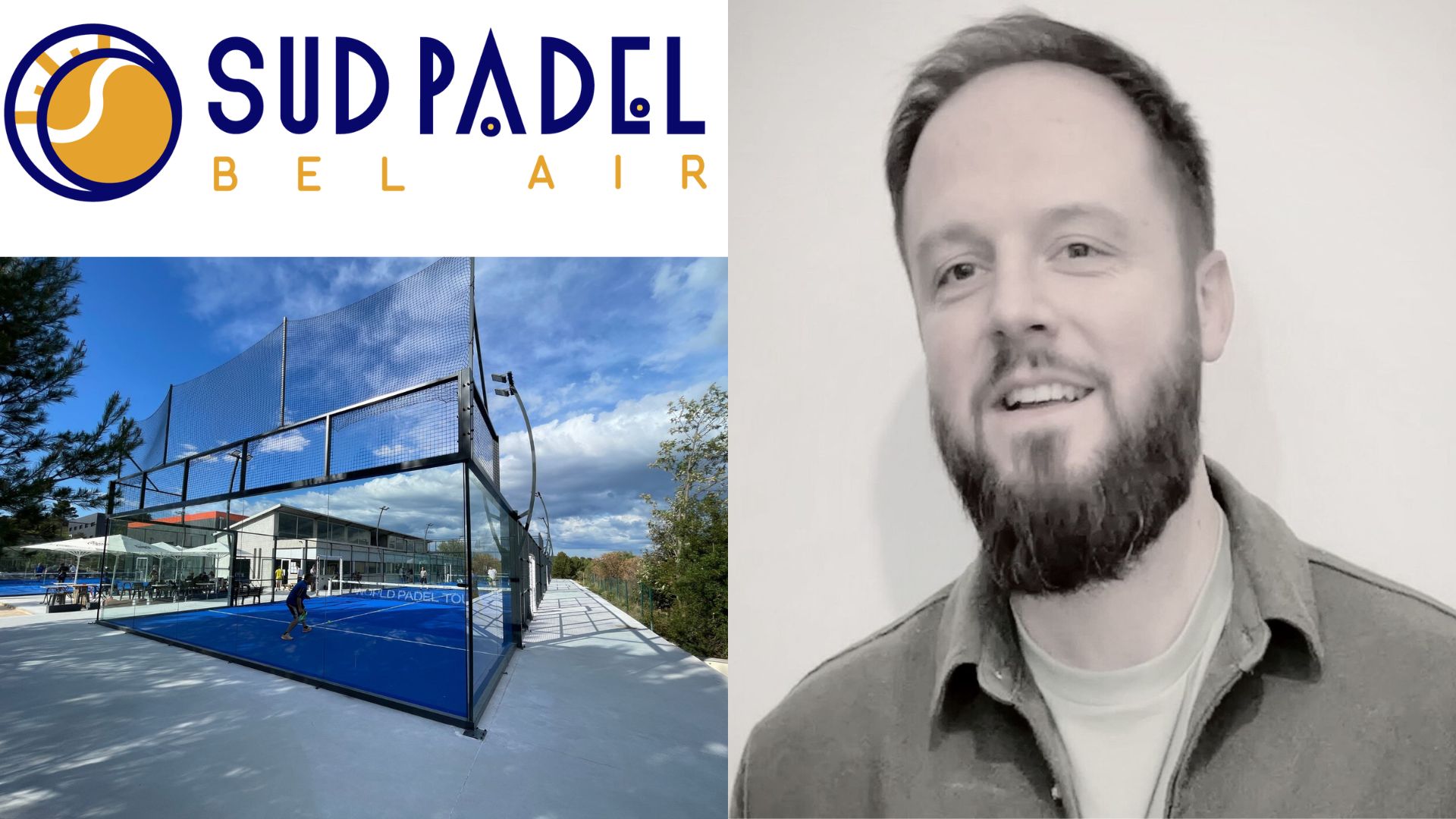 Guillaume Codron: “South Padel, a family project”
Guillaume Codron: “South Padel, a family project”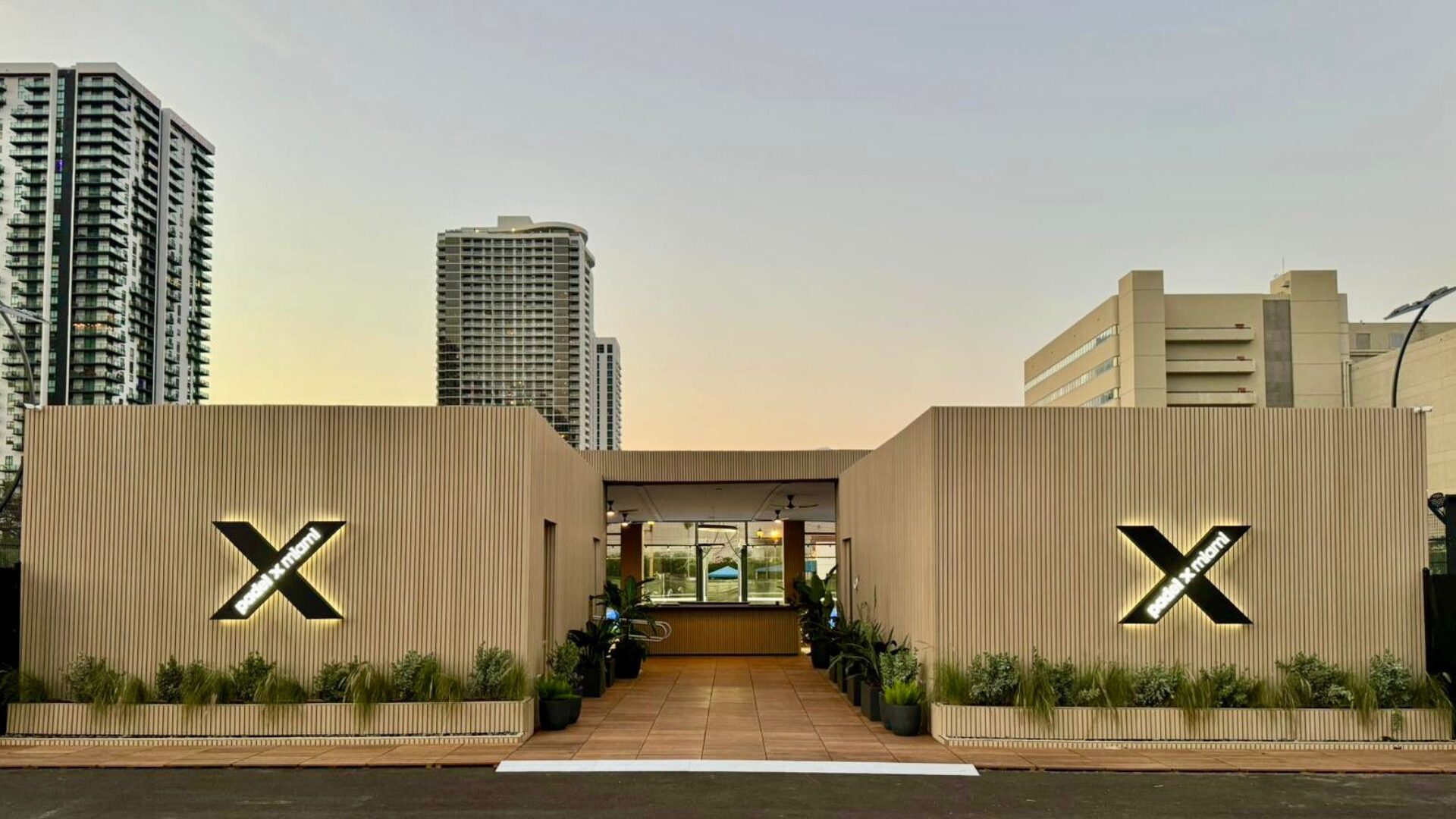 Nallé Grinda: “Democratize the padel in the USA with PadelX "
Nallé Grinda: “Democratize the padel in the USA with PadelX "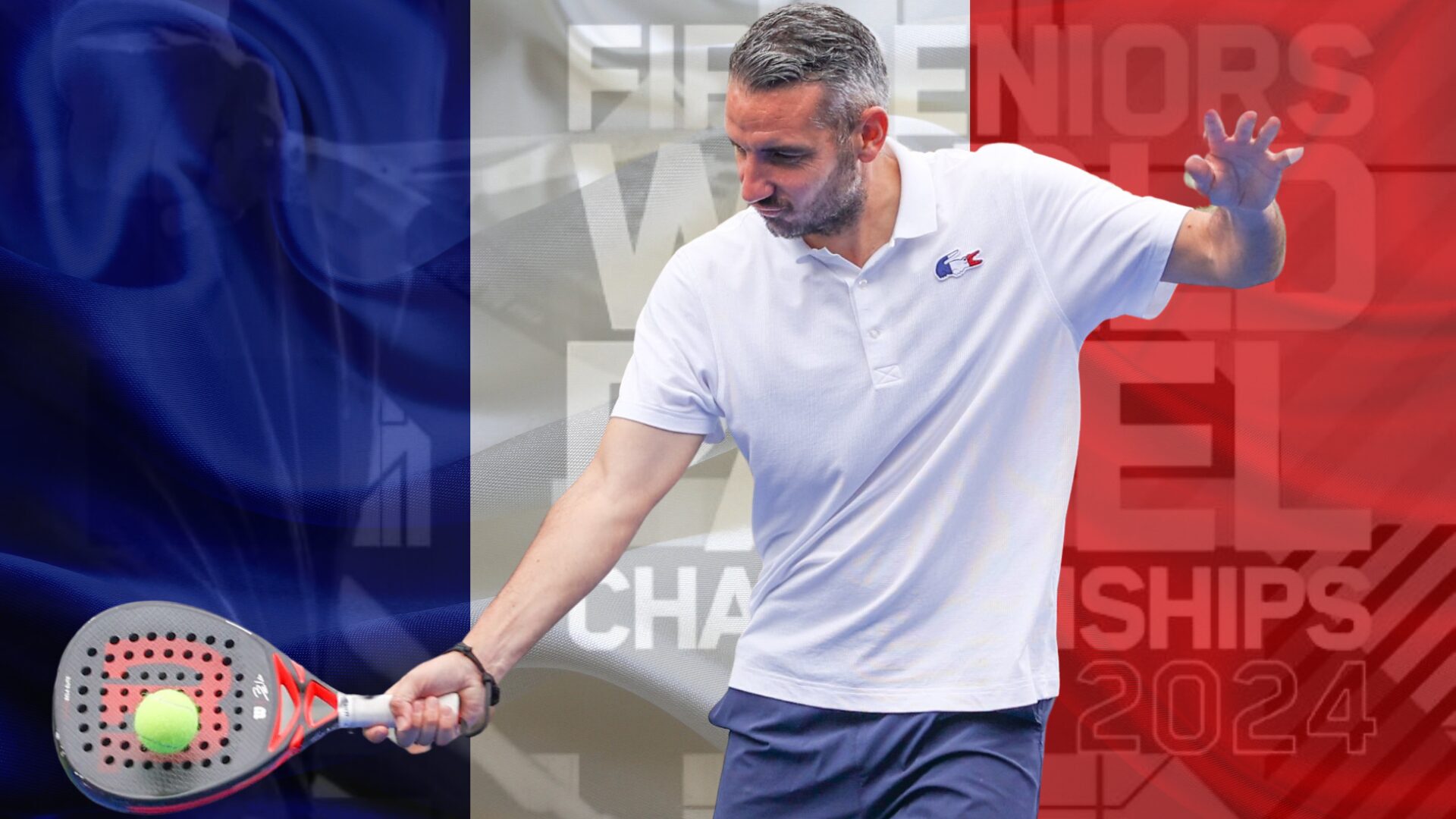 Simon Boissé: “We know that there are two nations in front of us”
Simon Boissé: “We know that there are two nations in front of us”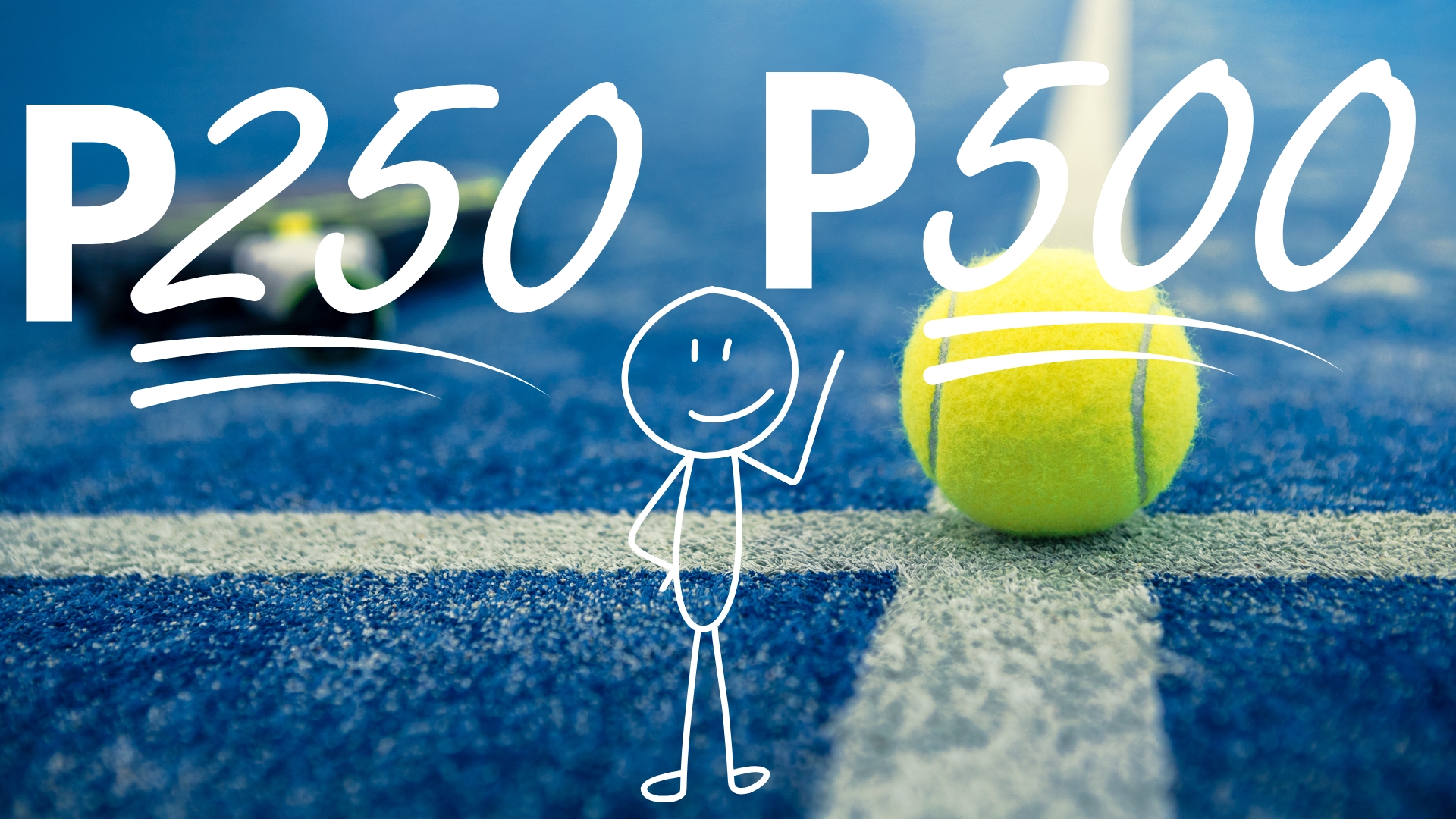 The P500 tournaments at the P250 level of the time…
The P500 tournaments at the P250 level of the time…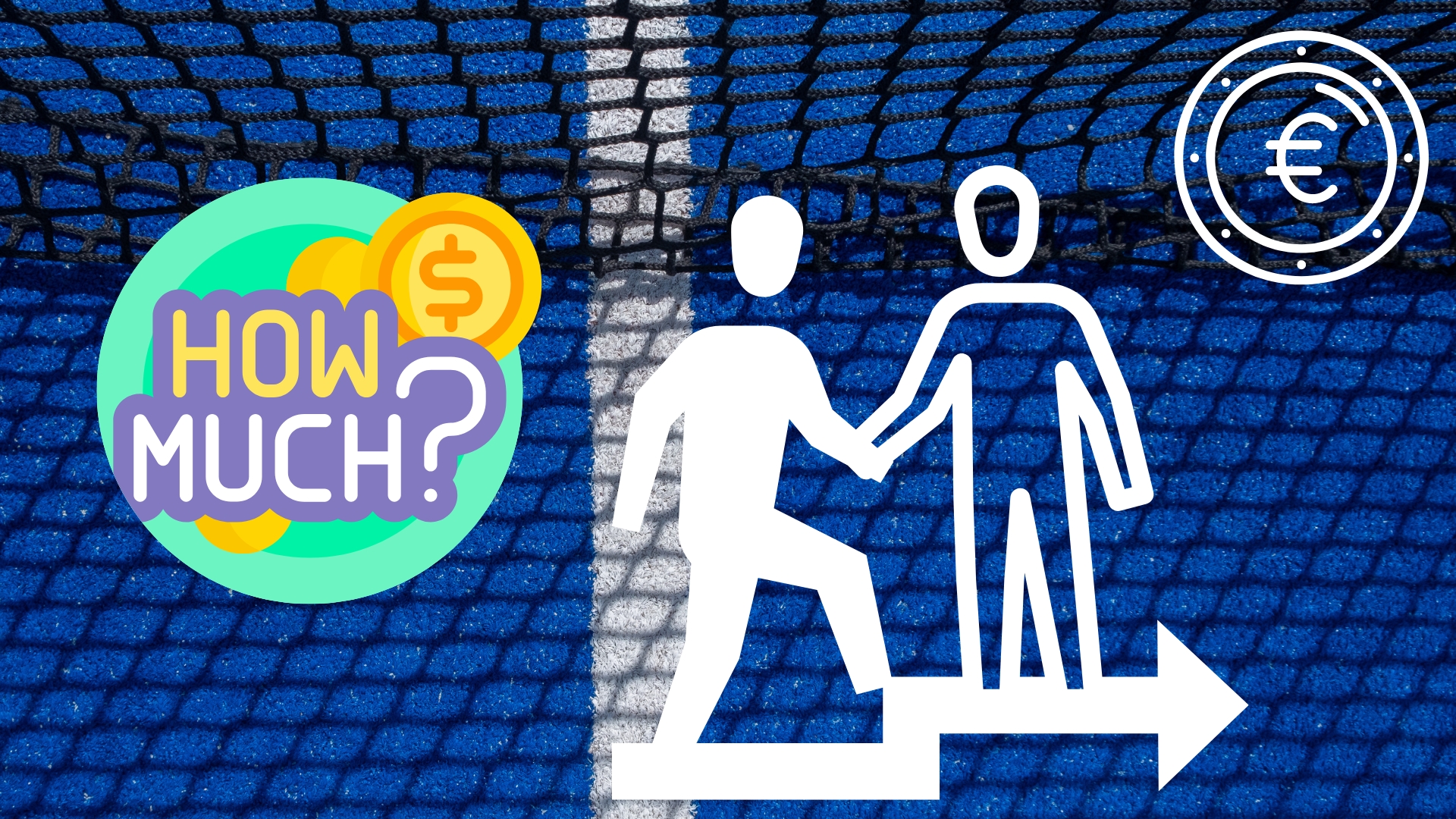 How much does it cost to play with a pro or a coach in a tournament?
How much does it cost to play with a pro or a coach in a tournament? TeamUp! Talents welcomes a new partner: Padel MagTV
TeamUp! Talents welcomes a new partner: Padel MagTV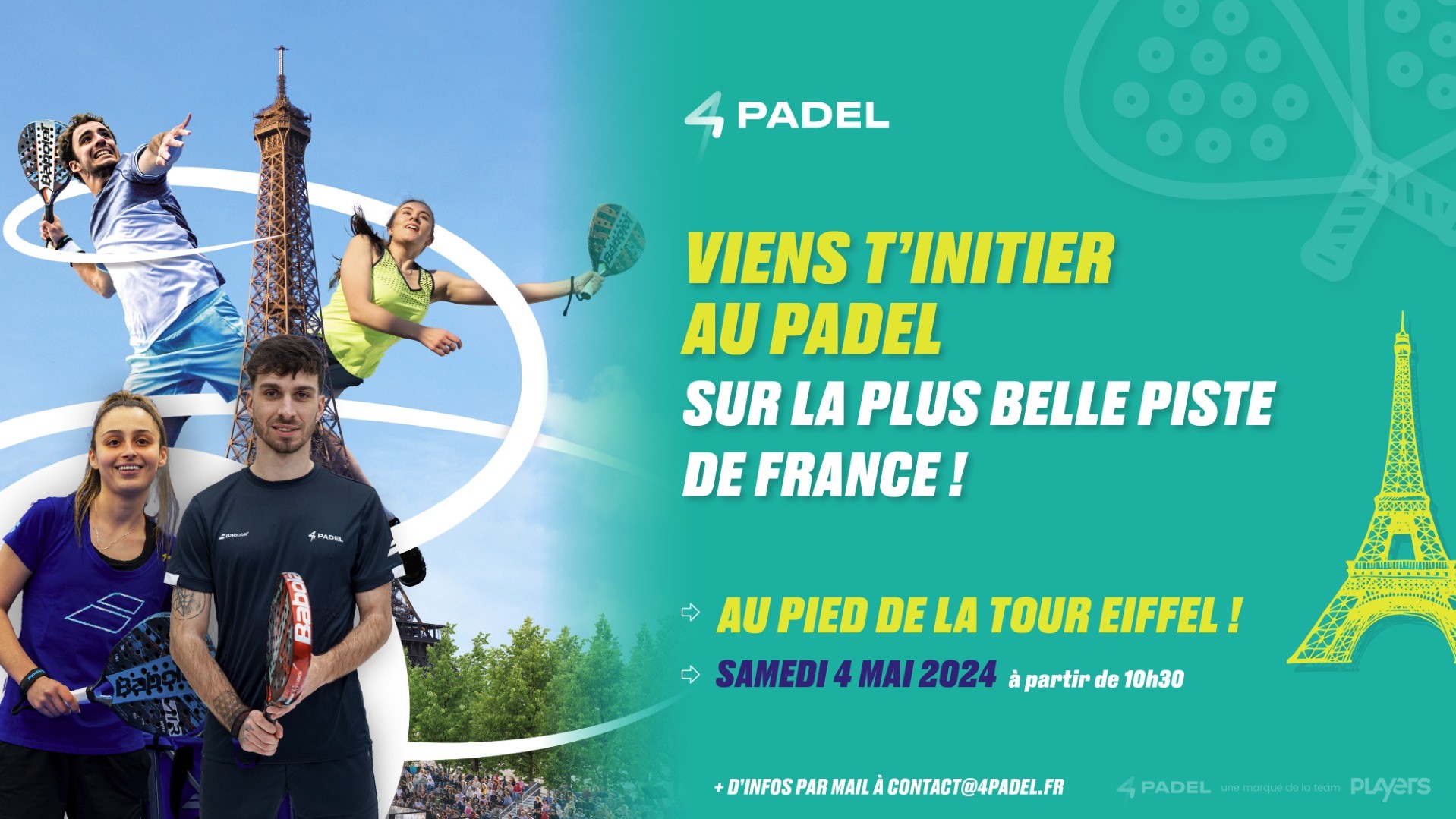 Betclic Remontada Padel : an initiation planned at the foot of the Eiffel Tower
Betclic Remontada Padel : an initiation planned at the foot of the Eiffel Tower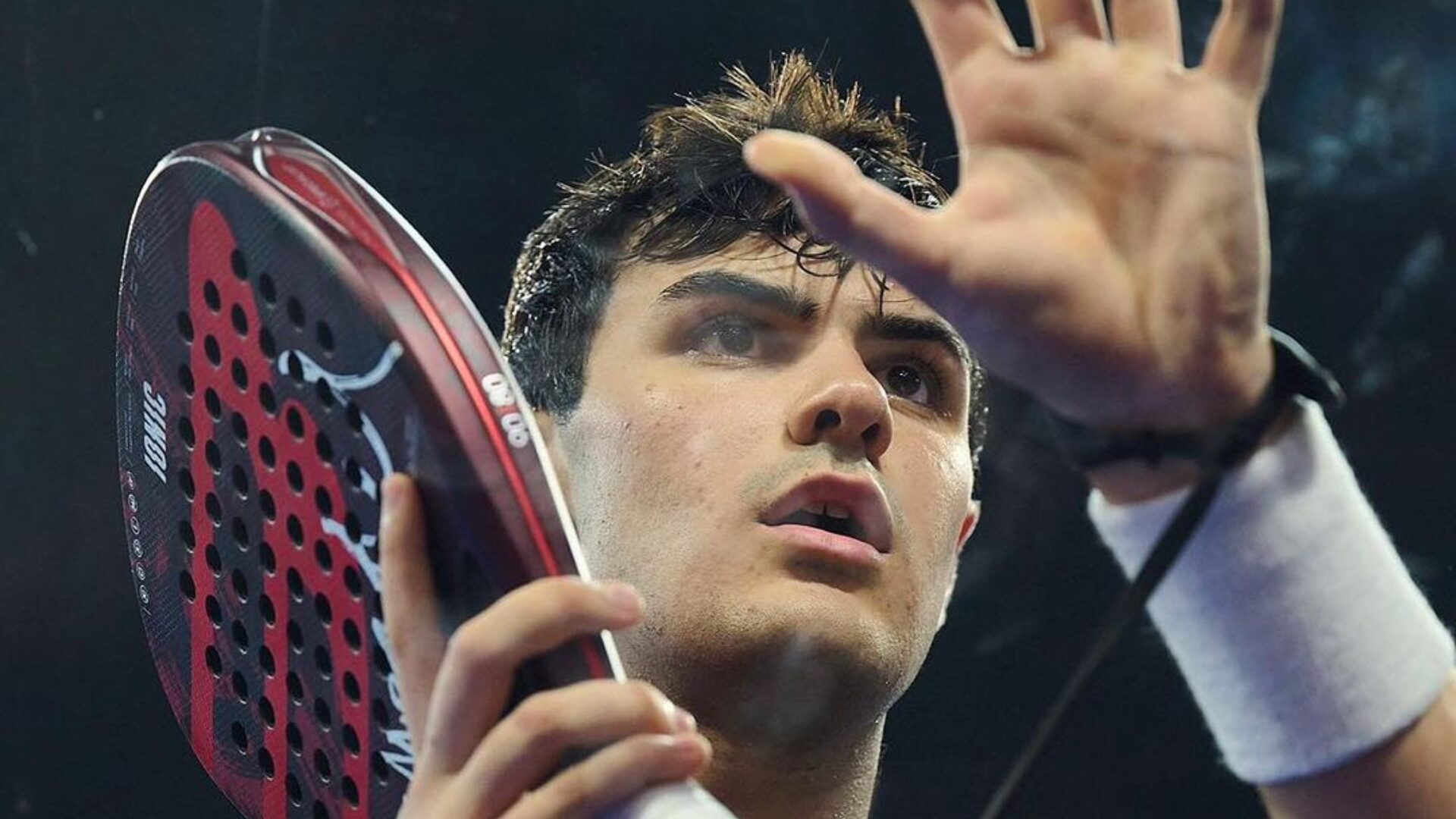 Pablo Cardona, a very big future?
Pablo Cardona, a very big future?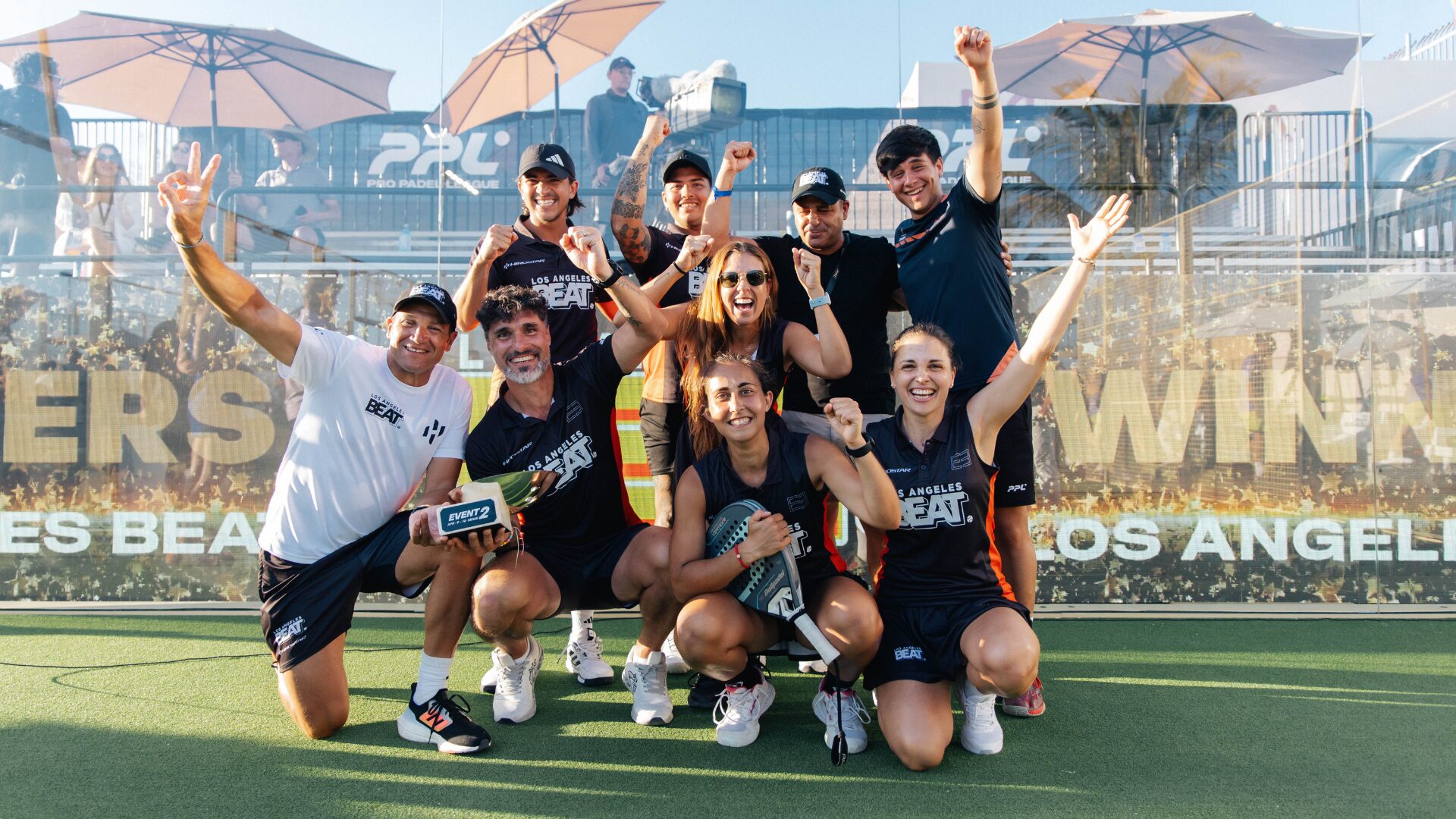 Pro Padel League: update on the ranking after the first two stages
Pro Padel League: update on the ranking after the first two stages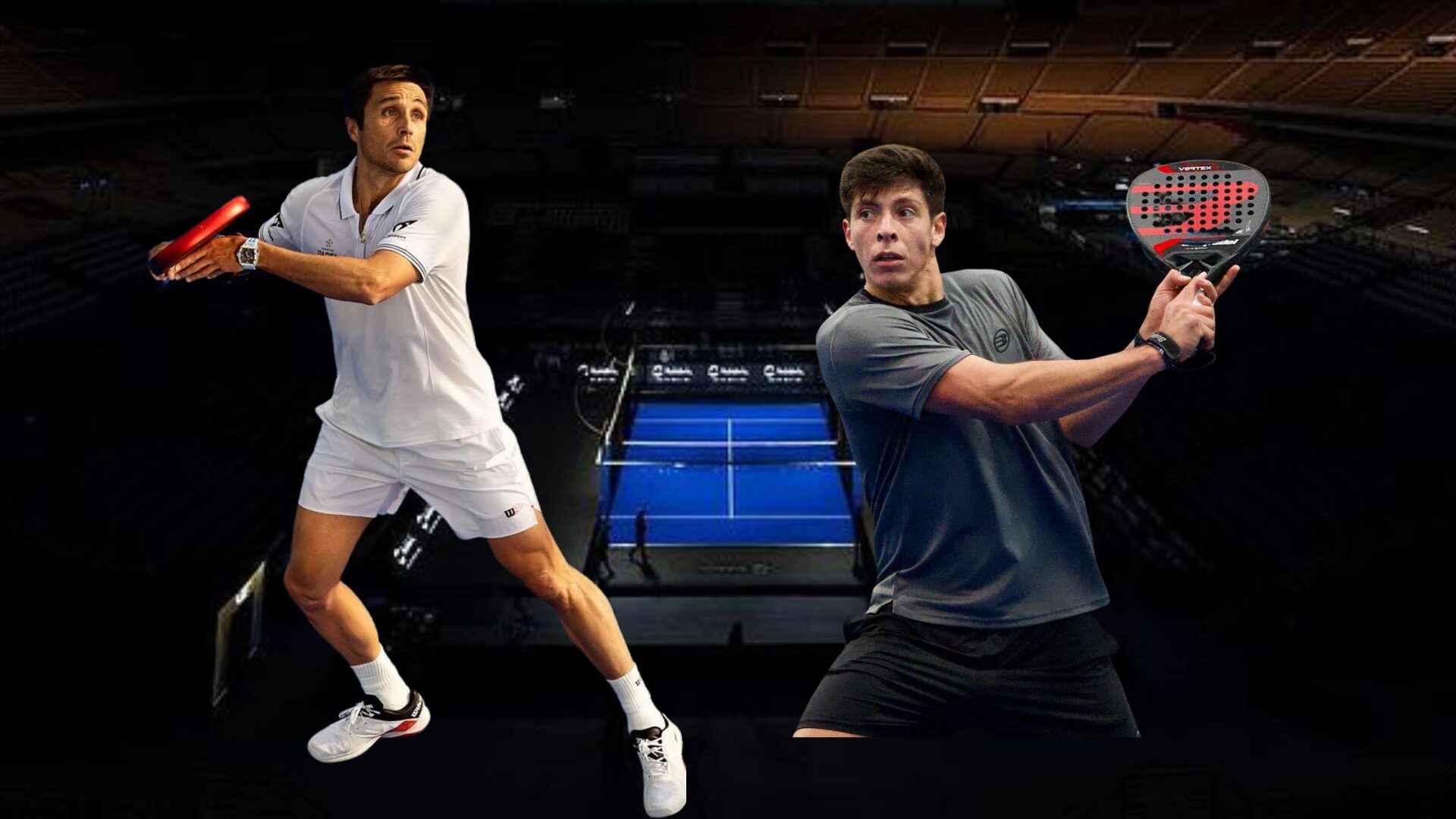 Where and when to see the very first match of the Belasteguin / Tello pair?
Where and when to see the very first match of the Belasteguin / Tello pair? Business plan padel : the 5 key points
Business plan padel : the 5 key points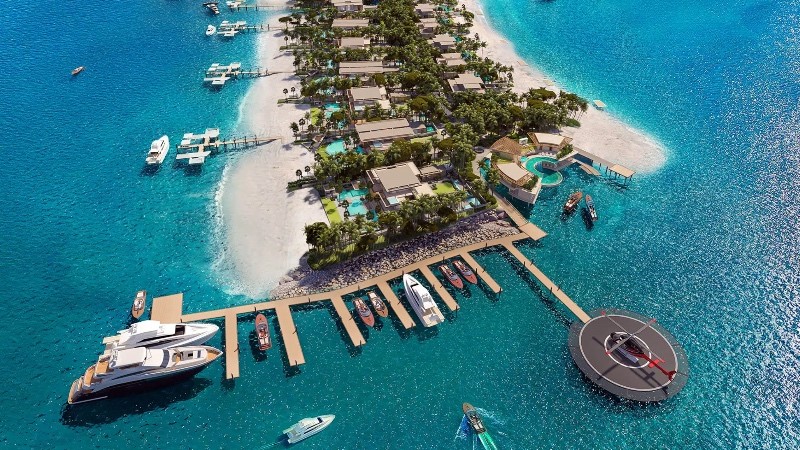 Ultra-luxurious residences with ski slopes padel floating in Dubai
Ultra-luxurious residences with ski slopes padel floating in Dubai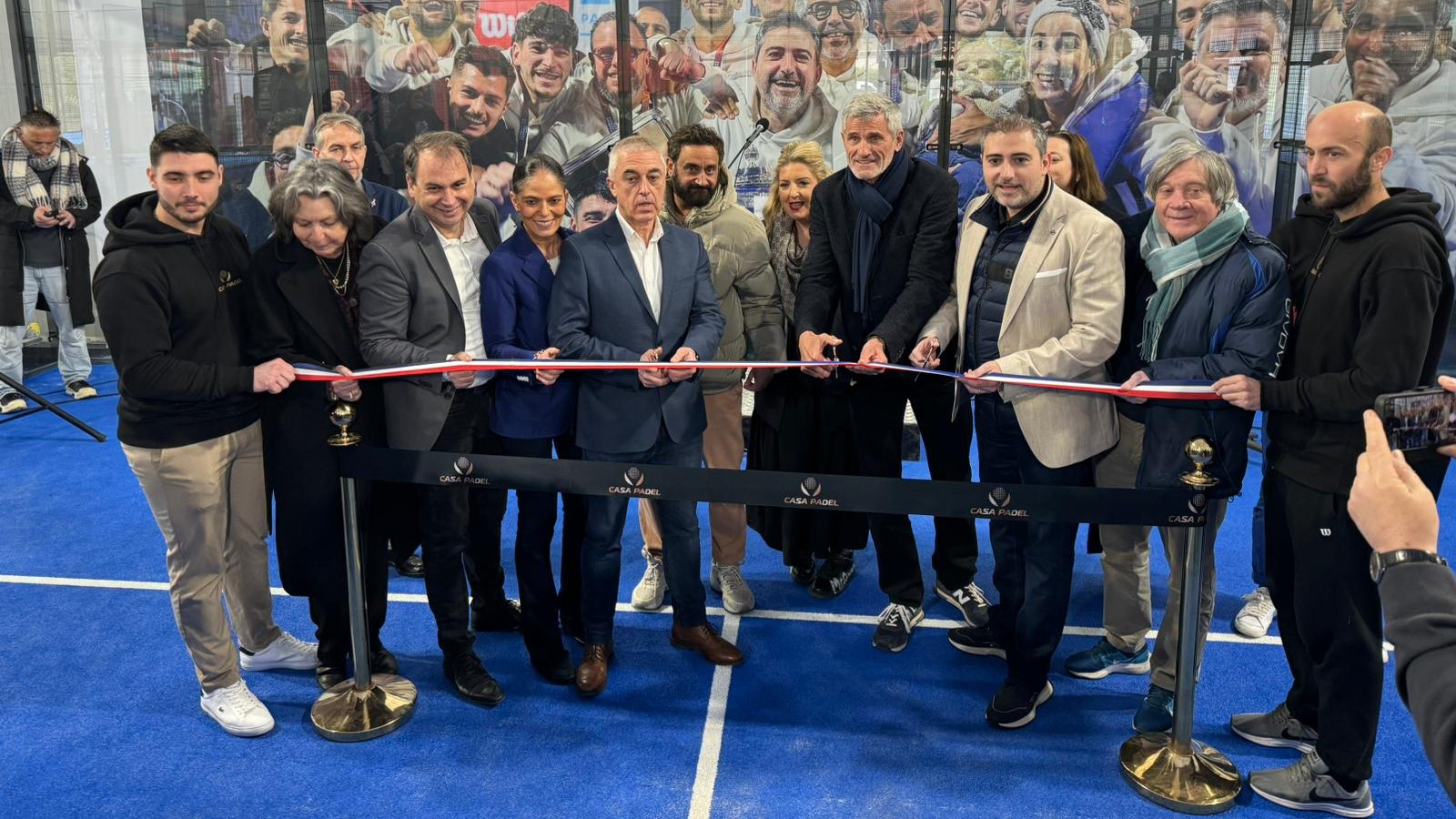 José Manuel Escin at the inauguration of Casa Padel DOS: “Finally, and thank you!”
José Manuel Escin at the inauguration of Casa Padel DOS: “Finally, and thank you!”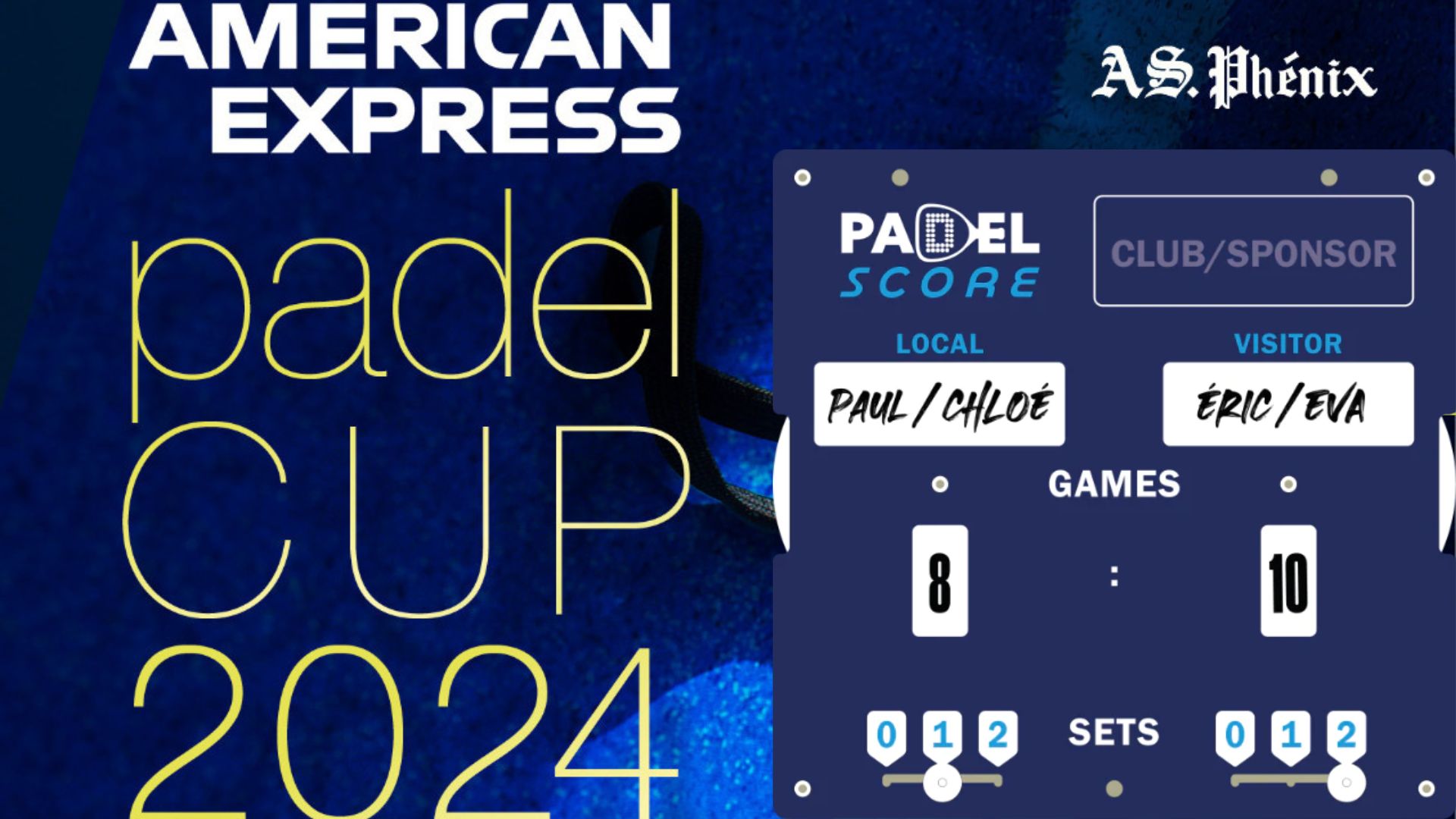 Padel Score comes to Tahiti for American Express Padel Cup!
Padel Score comes to Tahiti for American Express Padel Cup! Brussels Premier Padel P2 – the final in stats
Brussels Premier Padel P2 – the final in stats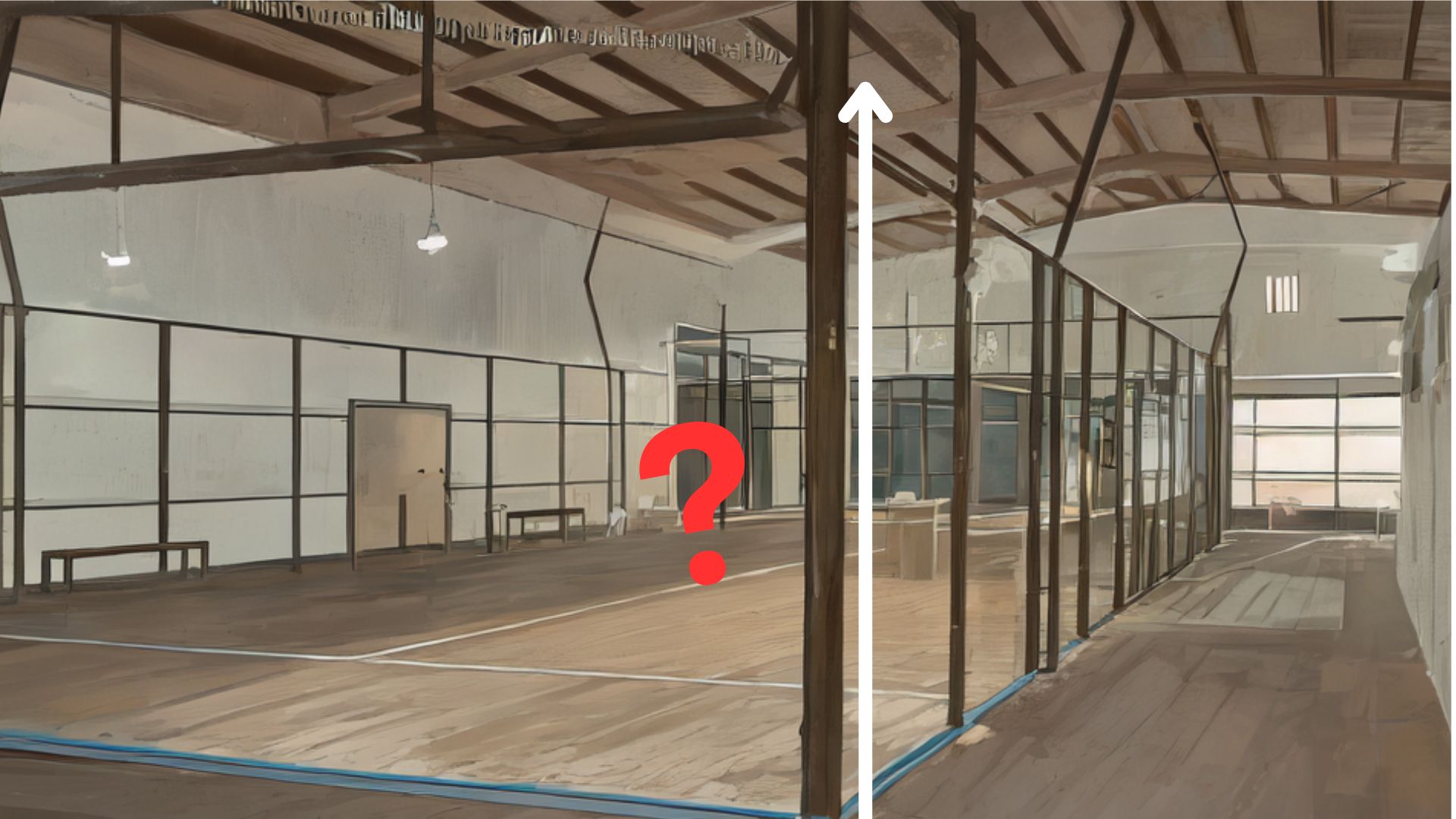 Find out everything about the dimensions of a plot of land padel
Find out everything about the dimensions of a plot of land padel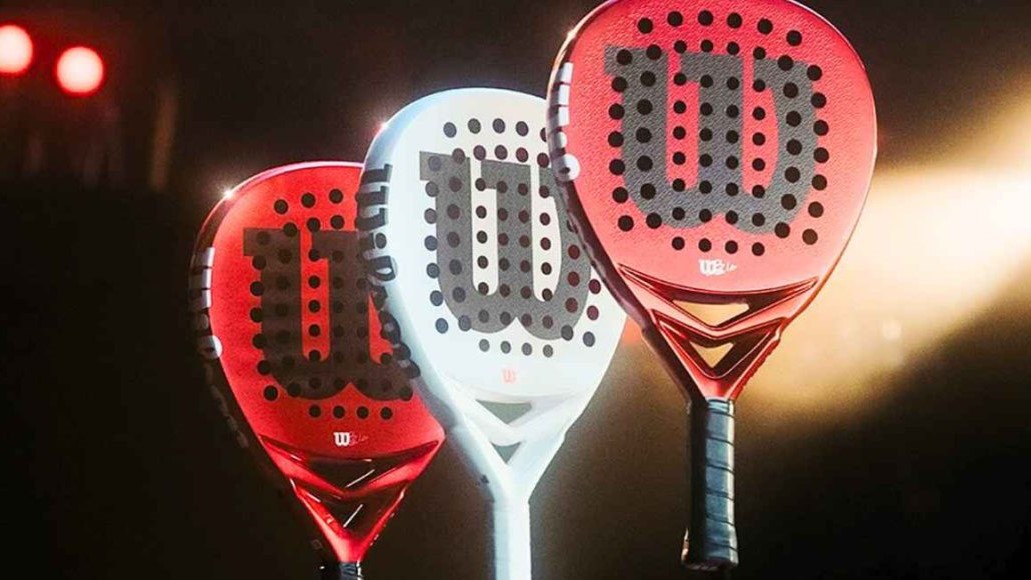 Presentation of the Wilson Bela V2.5 collection
Presentation of the Wilson Bela V2.5 collection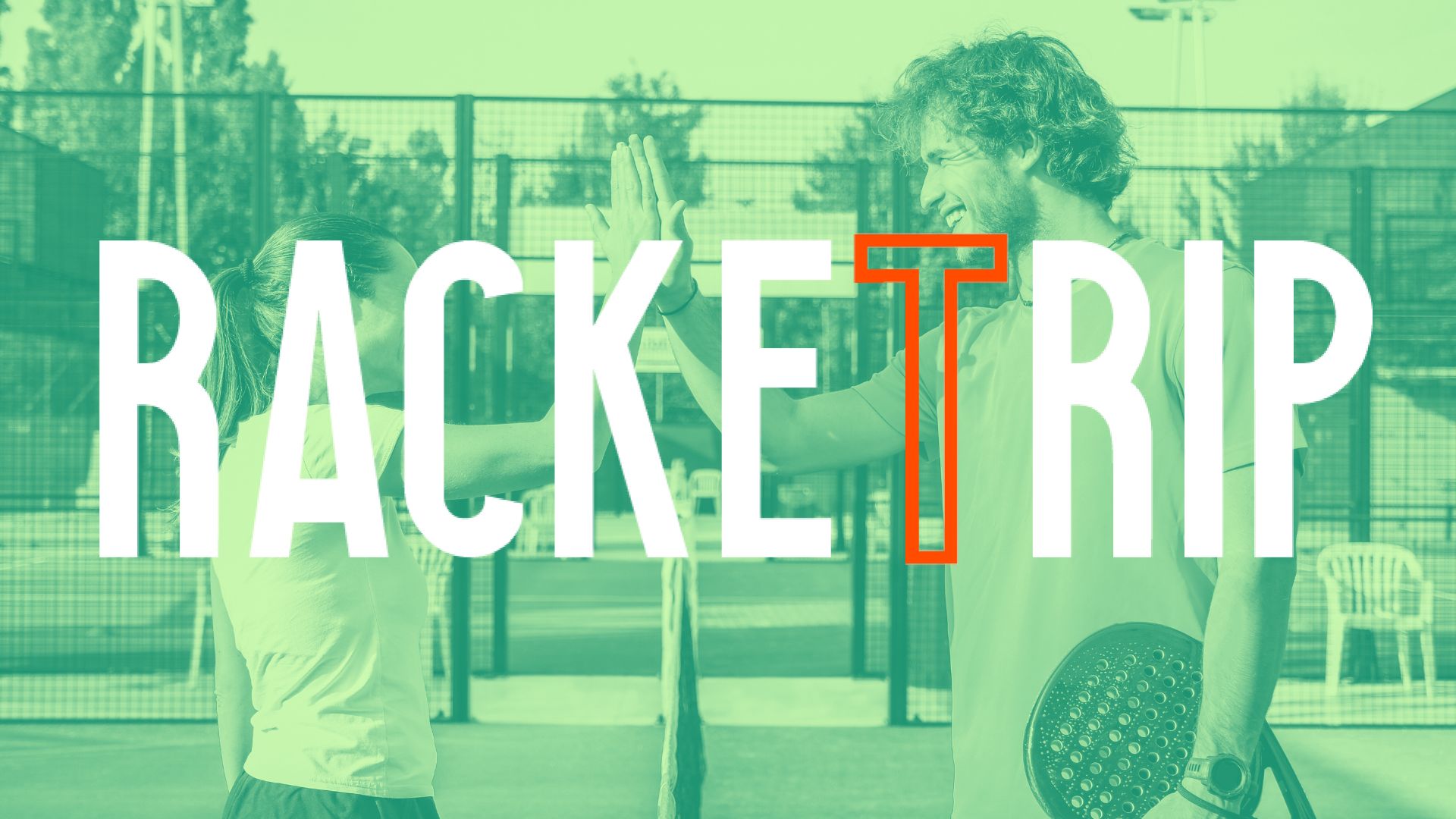 The LinkedIn of racquet sports: Racket Trip
The LinkedIn of racquet sports: Racket Trip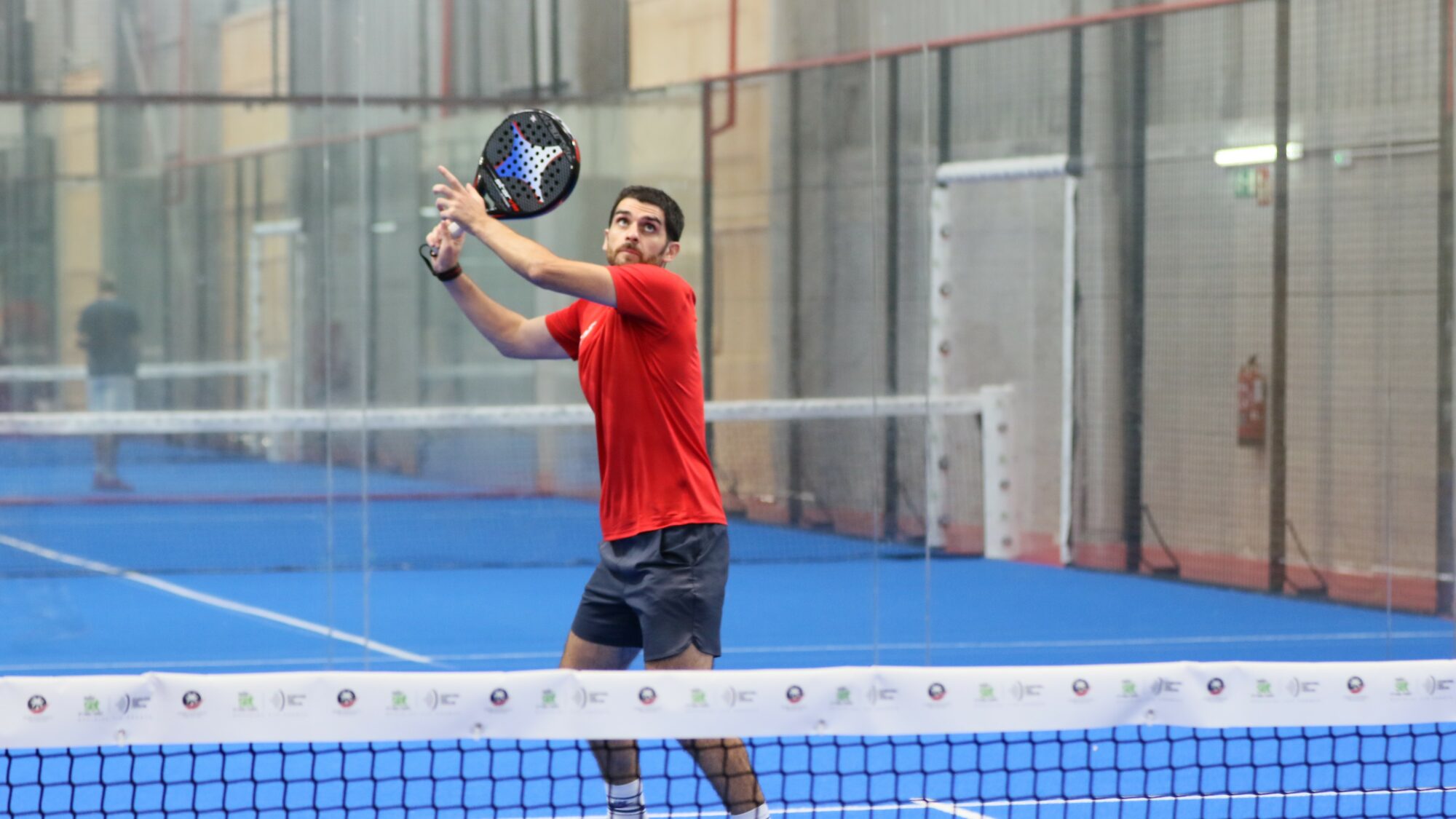 At the heart of padel – Episode 25: Paul and Andoni answer your questions
At the heart of padel – Episode 25: Paul and Andoni answer your questions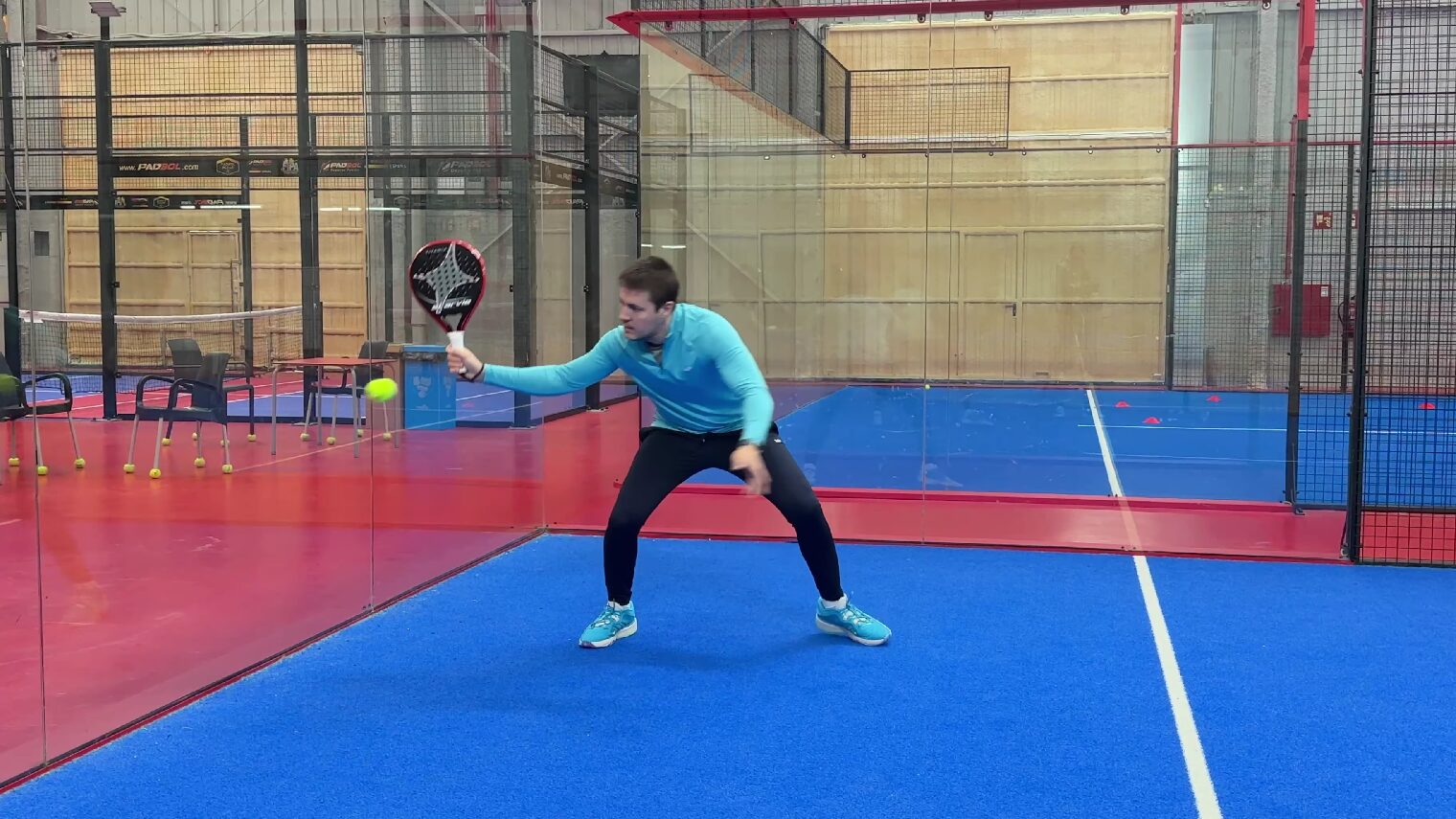 At the heart of padel – Episode 23: defend the window well
At the heart of padel – Episode 23: defend the window well Prohibition on playing topless Padel : the reasons
Prohibition on playing topless Padel : the reasons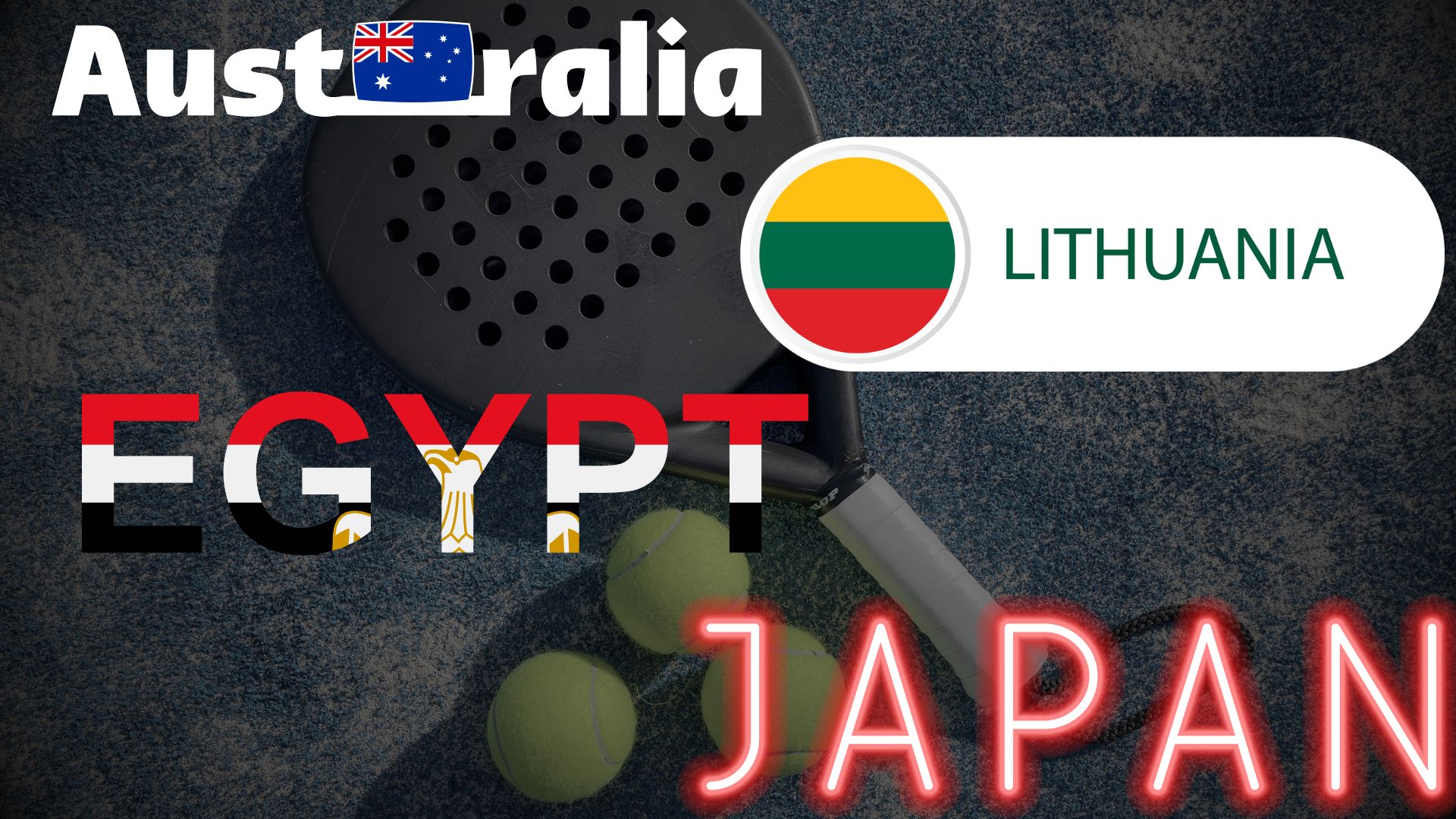 FIP Tour – Going far from Europe, THE strategy to earn points!
FIP Tour – Going far from Europe, THE strategy to earn points!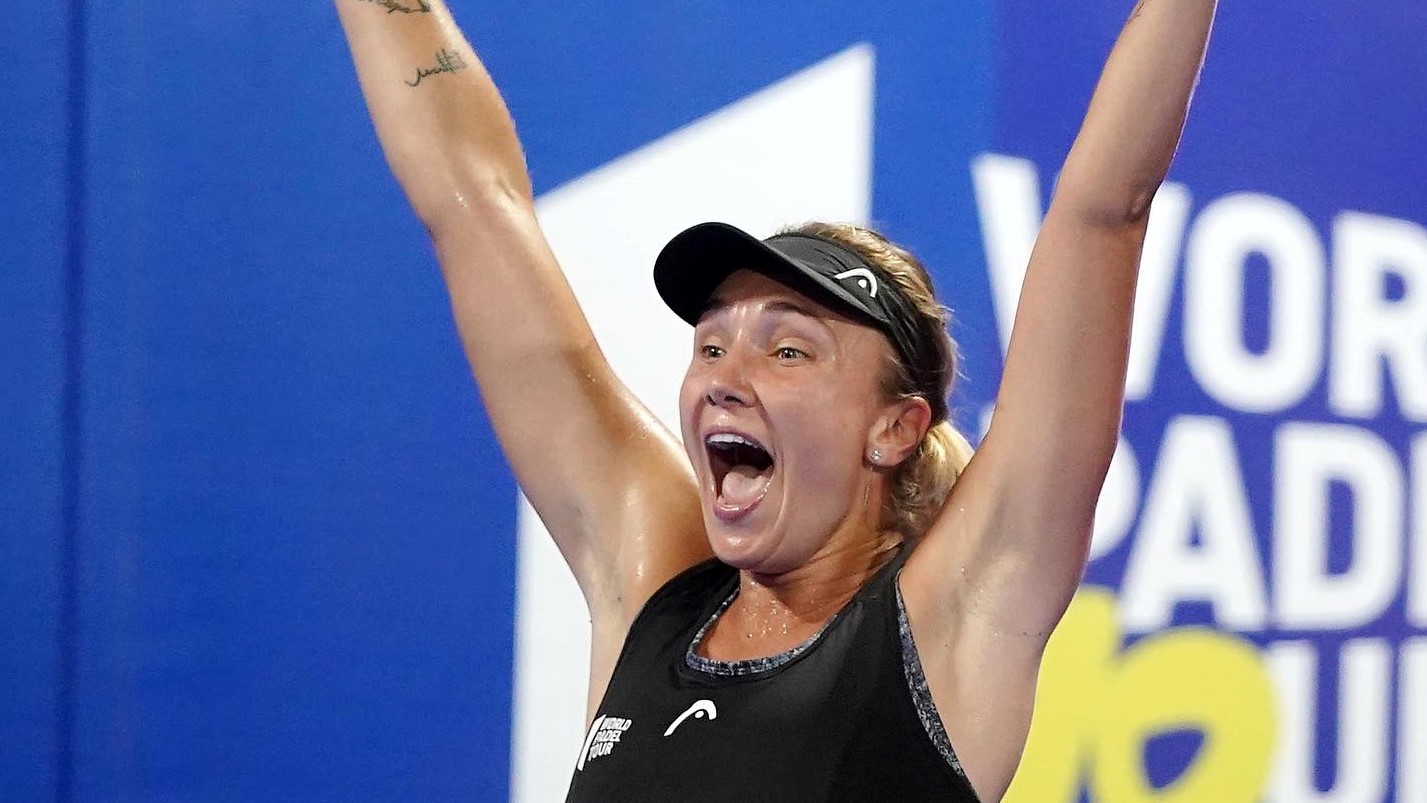 What is a good football player? padel ?
What is a good football player? padel ?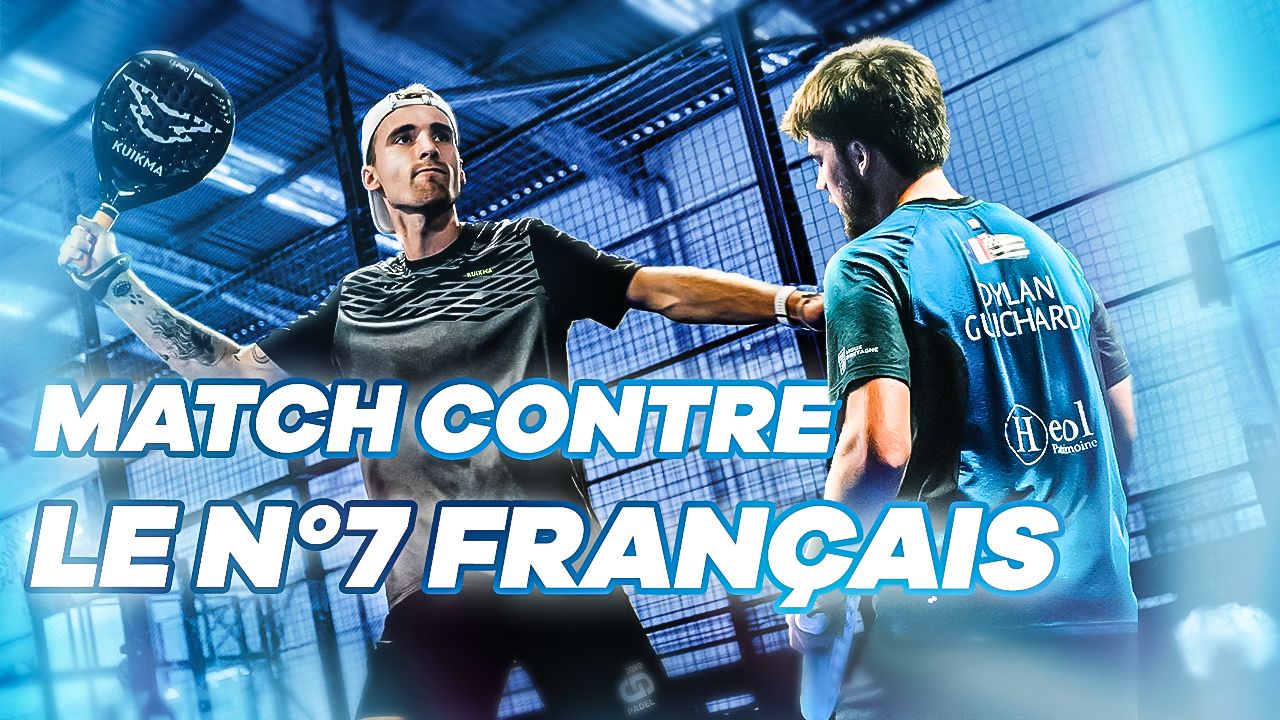 “Lefties give me headaches when I play against them!”
“Lefties give me headaches when I play against them!”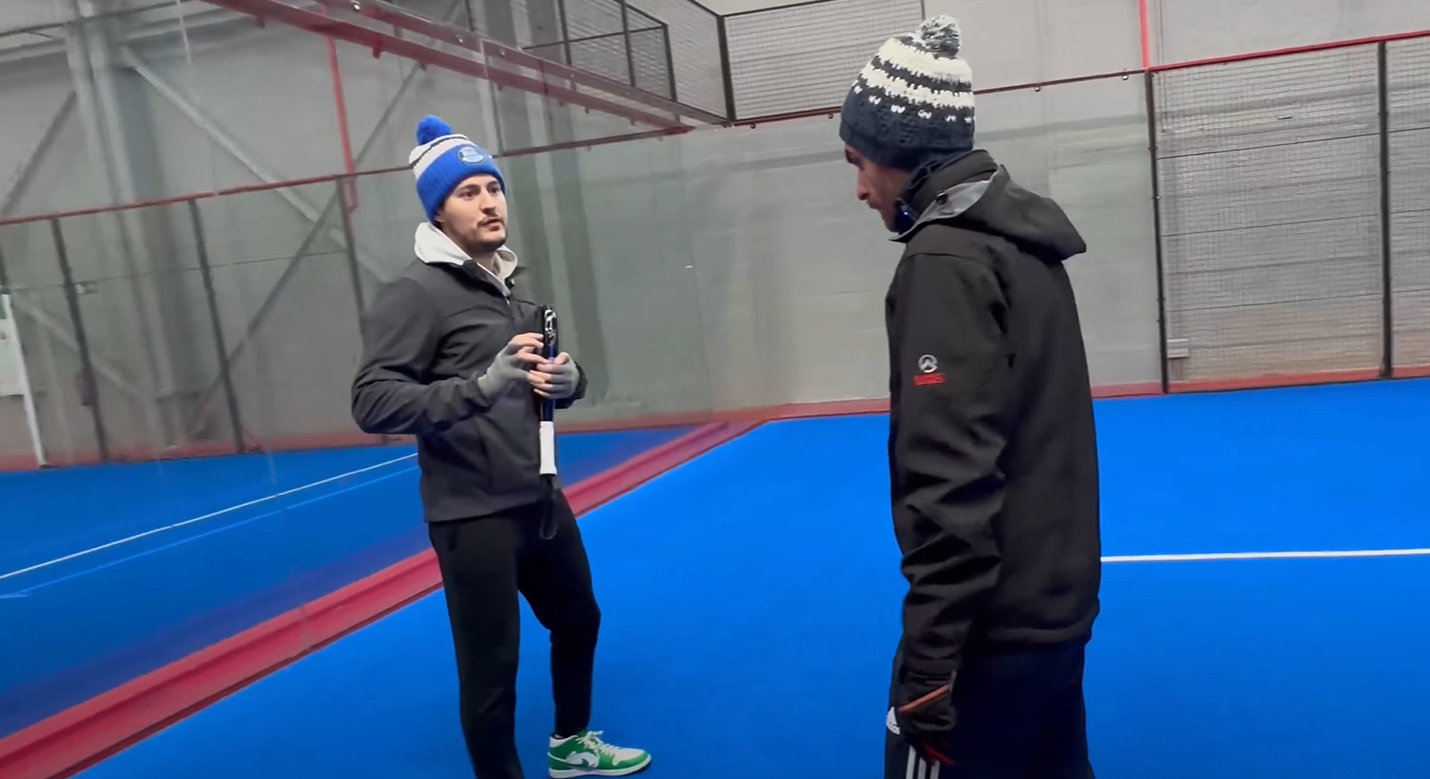 At the heart of padel – Episode 14: how to earn points in winter?
At the heart of padel – Episode 14: how to earn points in winter?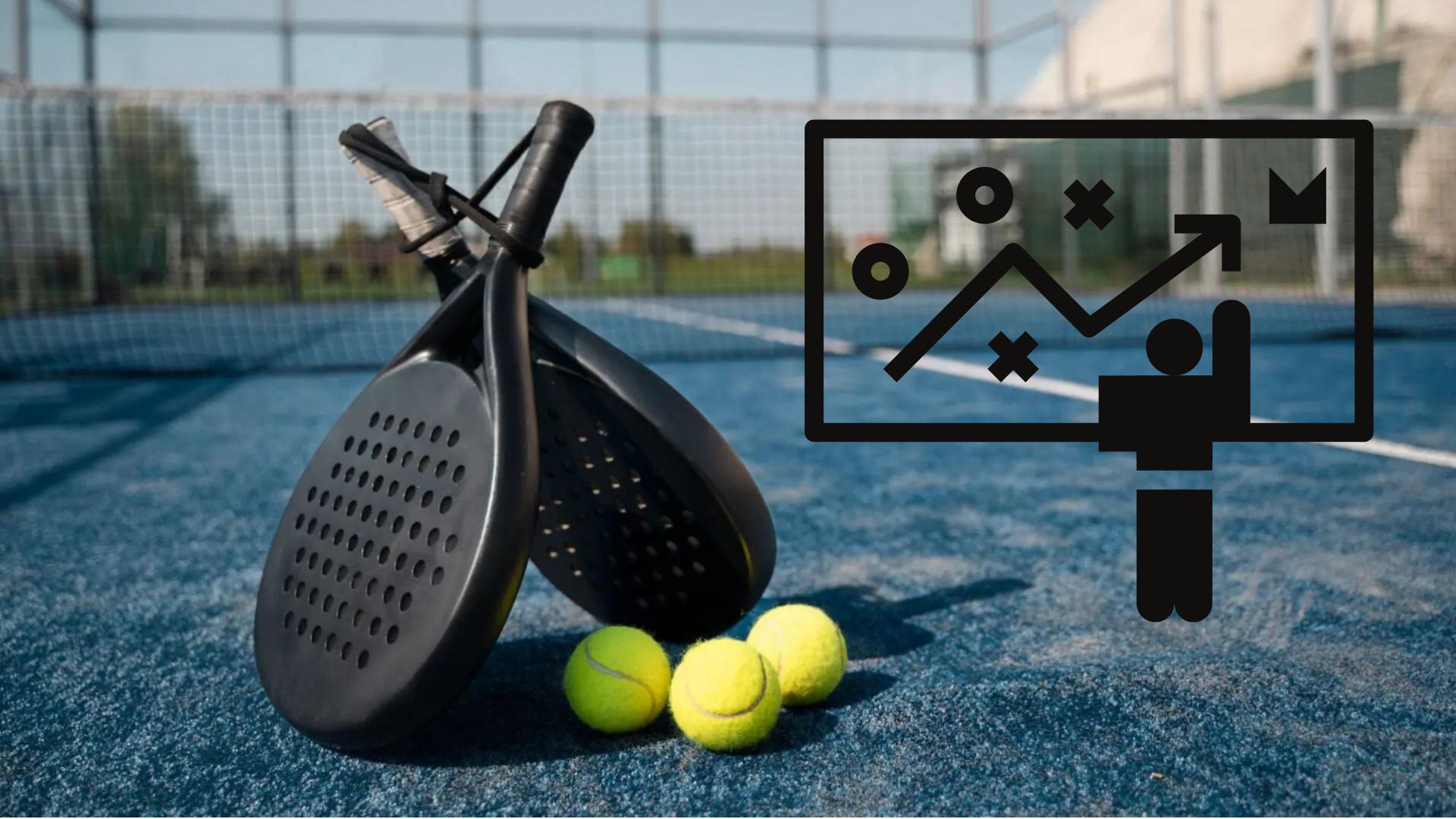 The basic tactics of padel
The basic tactics of padel A par 4 is always a winner...even if you manage to defend it!
A par 4 is always a winner...even if you manage to defend it!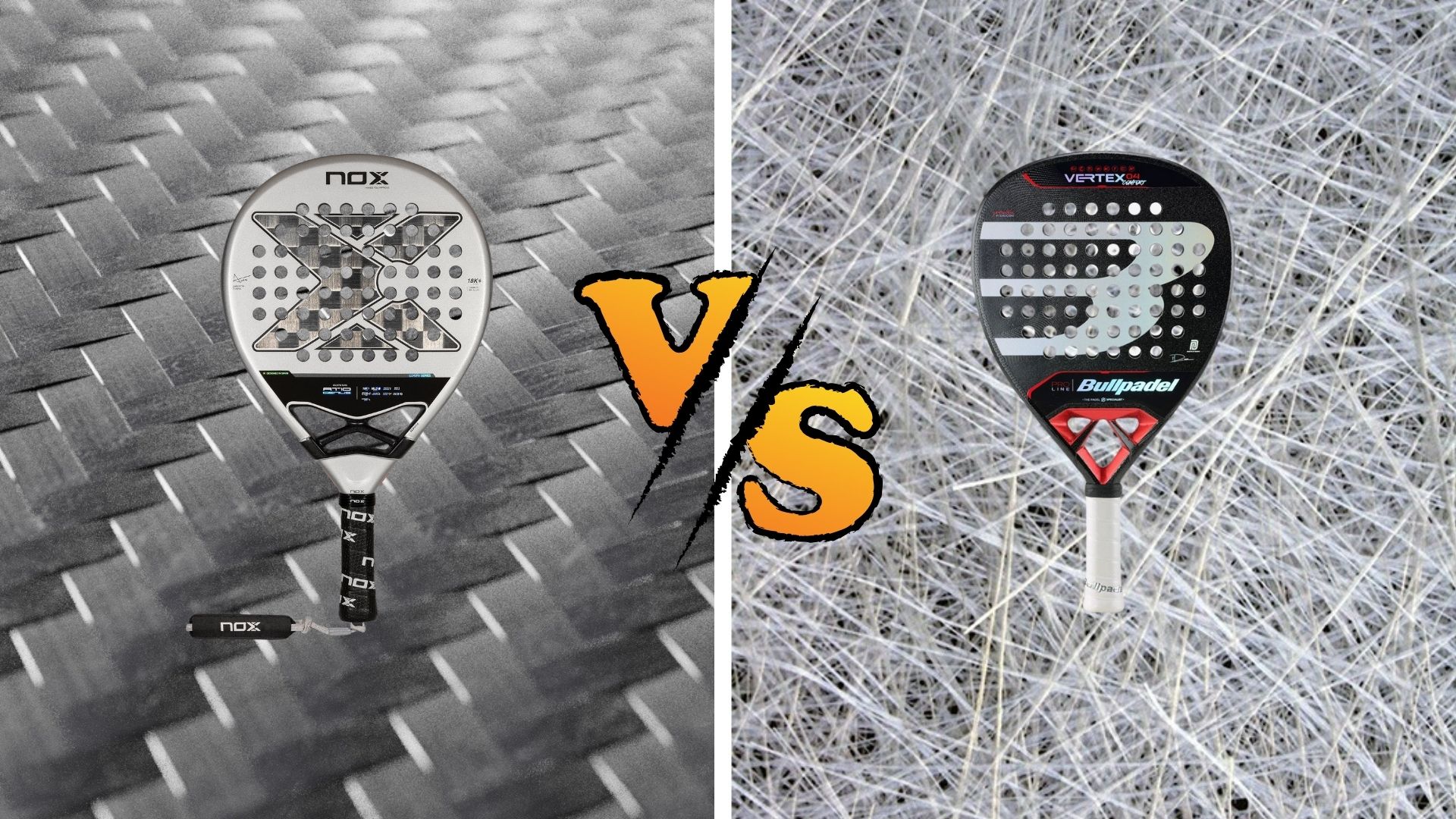 Carbon fiber VS fiberglass: what to choose?
Carbon fiber VS fiberglass: what to choose?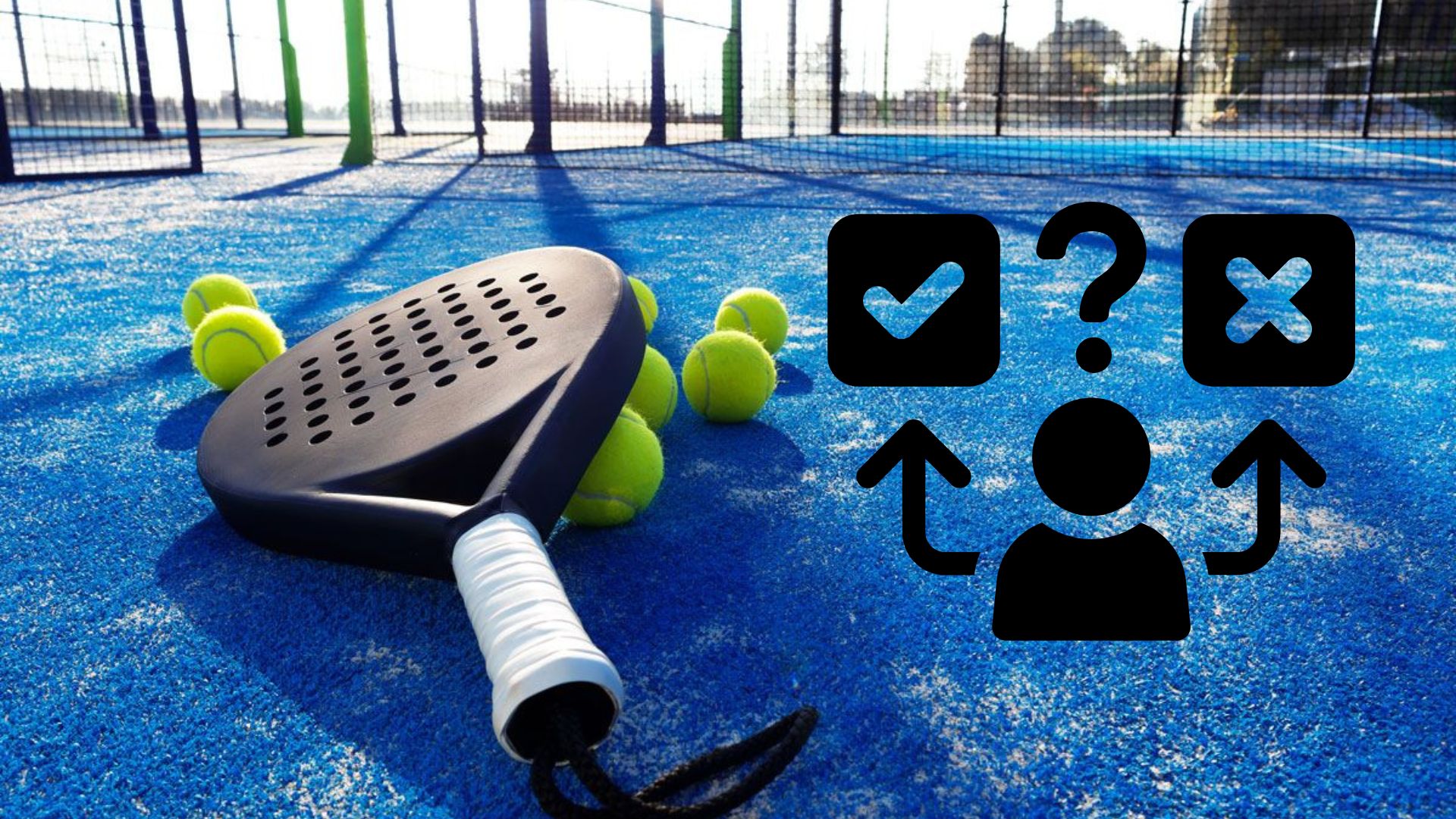 How to effectively test a racket padel ?
How to effectively test a racket padel ?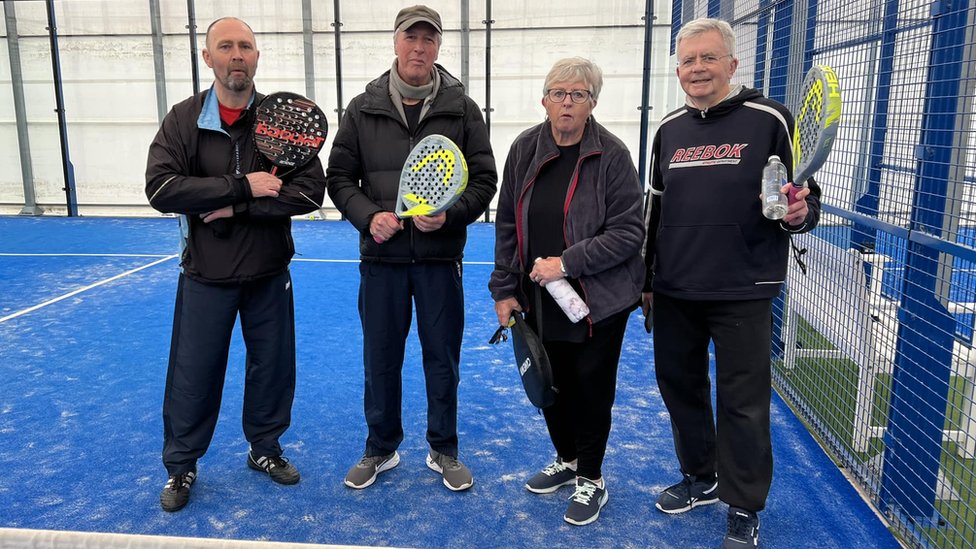 La padel to fight Parkinson's disease
La padel to fight Parkinson's disease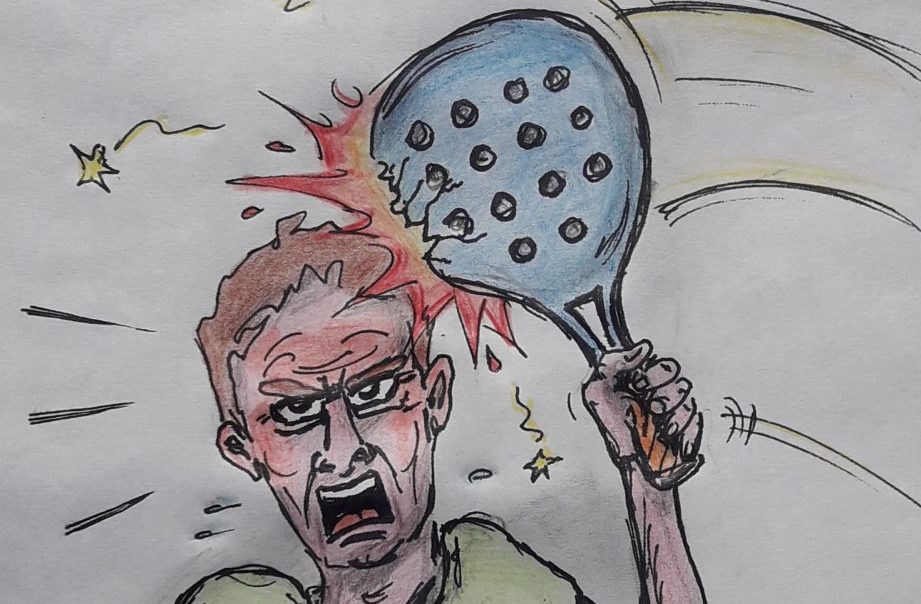 Don't play with a cracked or broken racket, your body will thank you!
Don't play with a cracked or broken racket, your body will thank you! Michel Cymes: “The padel, physically, it’s serious!”
Michel Cymes: “The padel, physically, it’s serious!”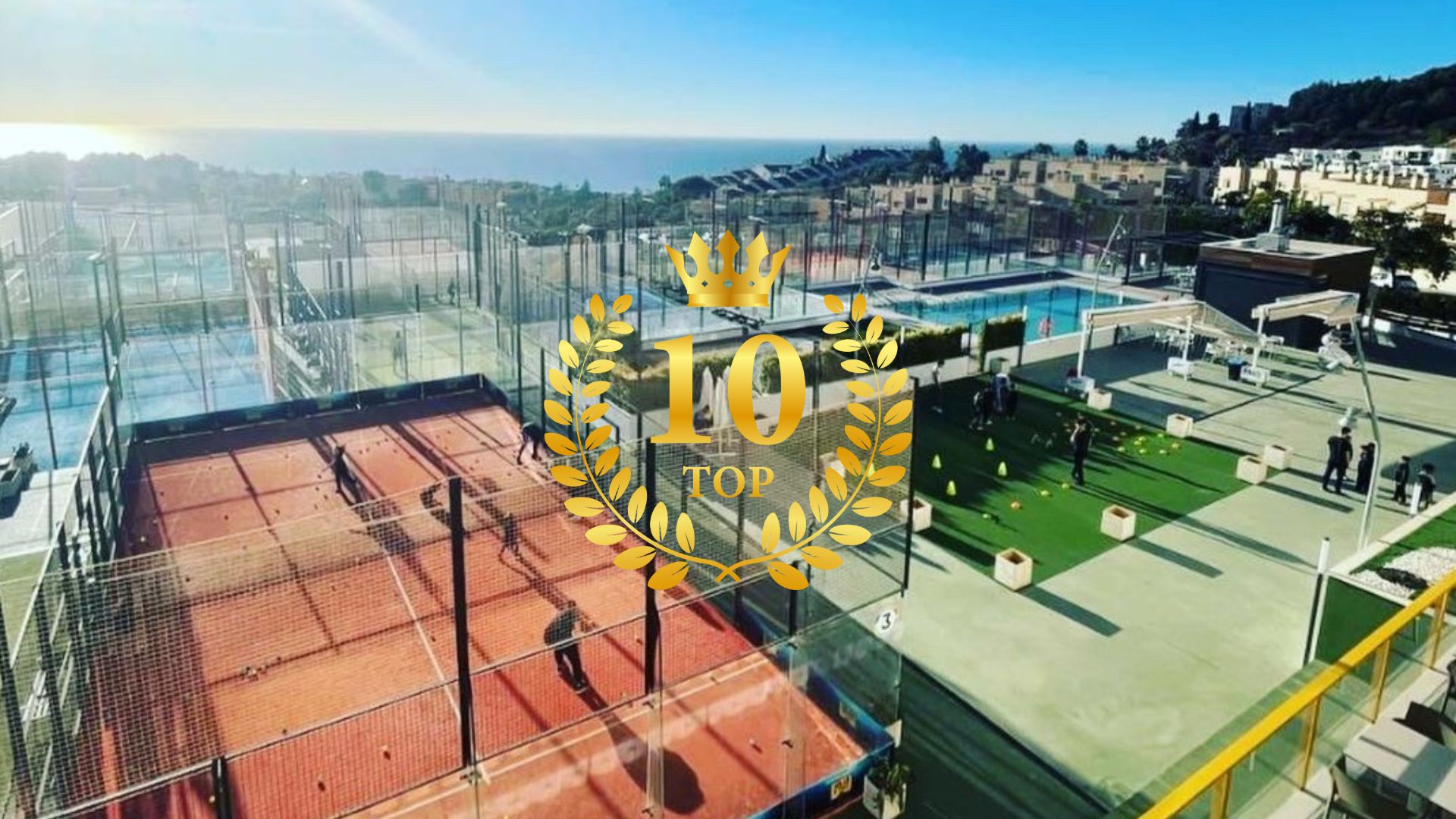 Our Top 10 training courses padel in France and Europe
Our Top 10 training courses padel in France and Europe Jeremy Gala: “Promote the padel among young people in Belgium remains a challenge”
Jeremy Gala: “Promote the padel among young people in Belgium remains a challenge”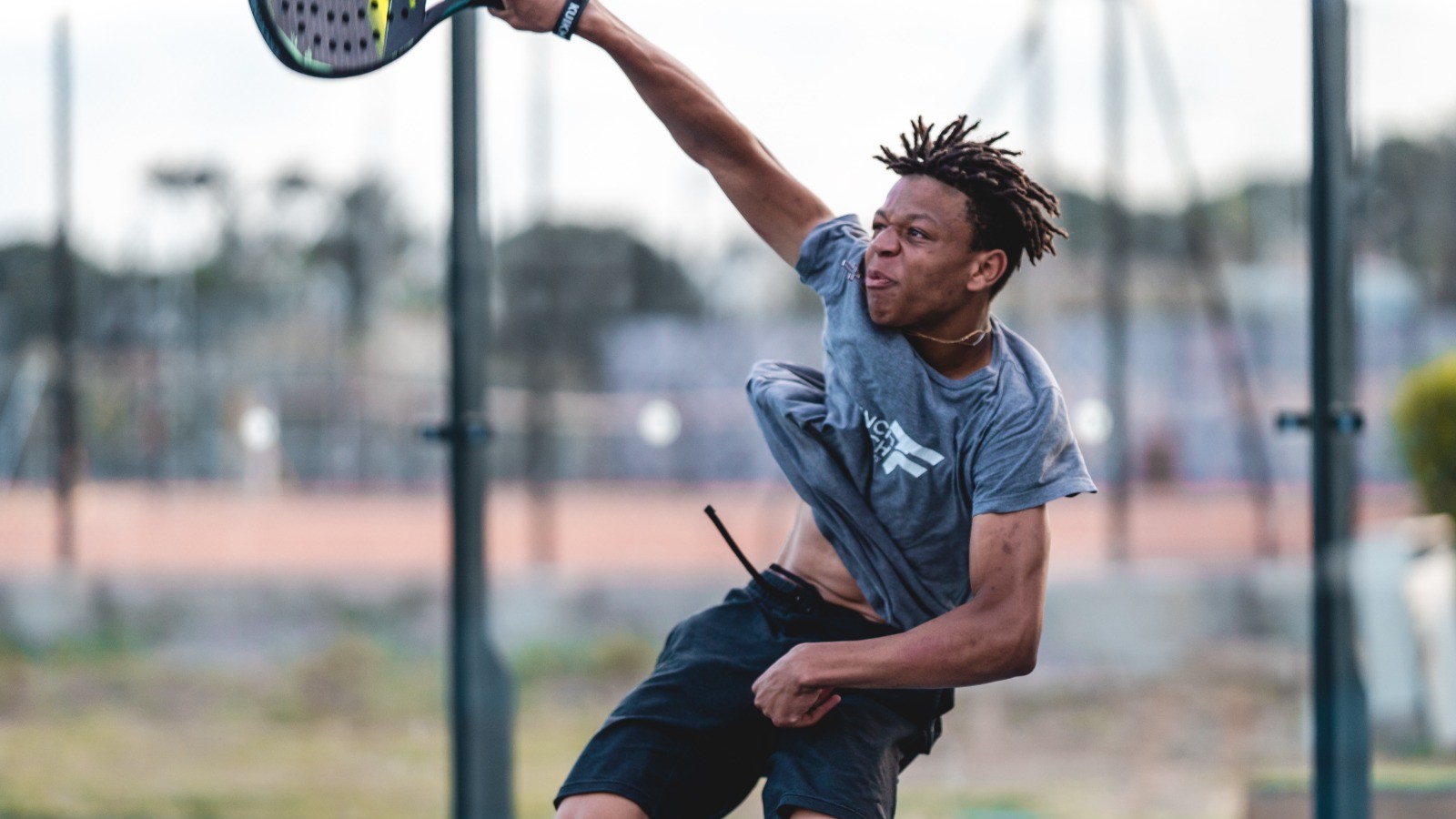 The French Touch Academy organizes its selection day Padel-Study
The French Touch Academy organizes its selection day Padel-Study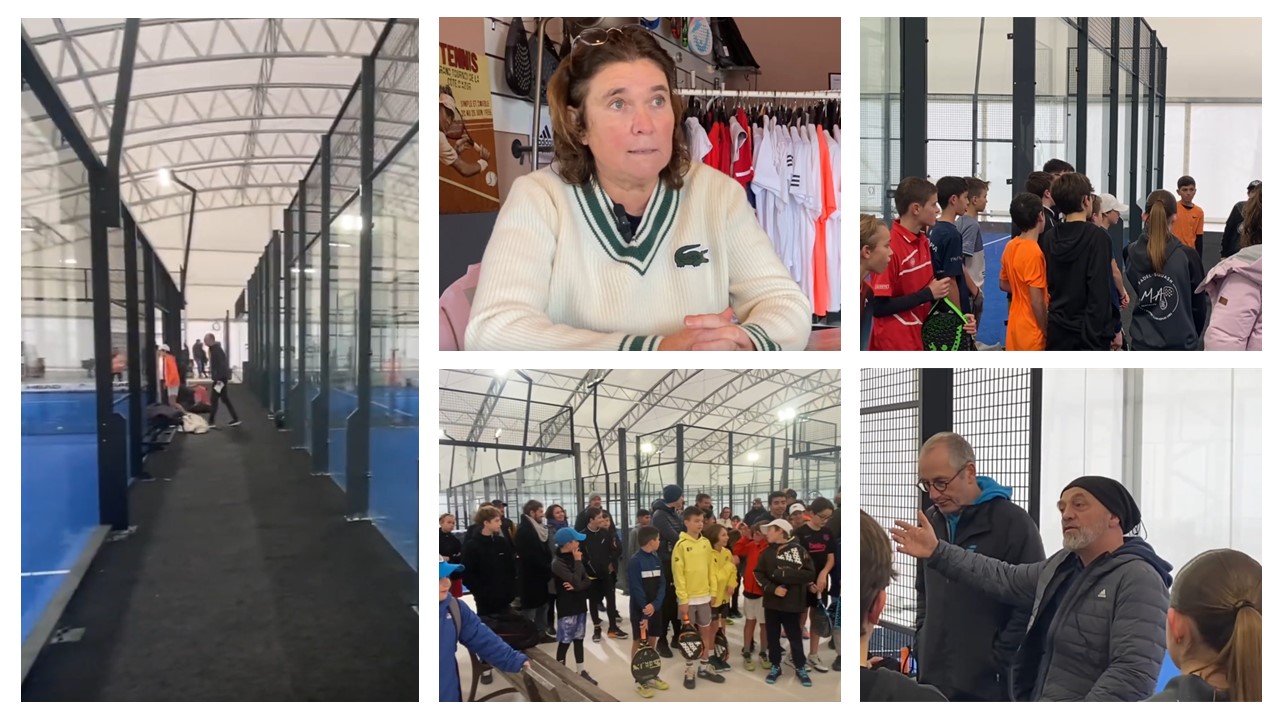 Report on the detection and training of younger generations
Report on the detection and training of younger generations